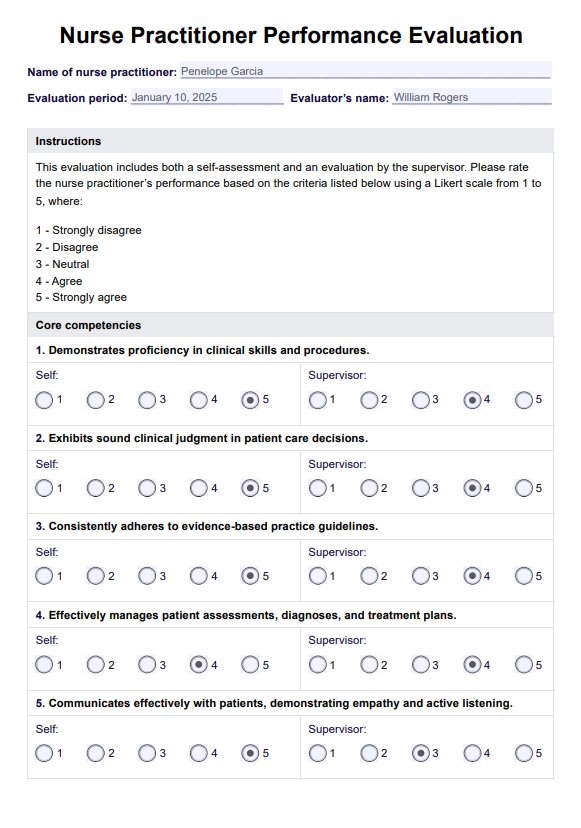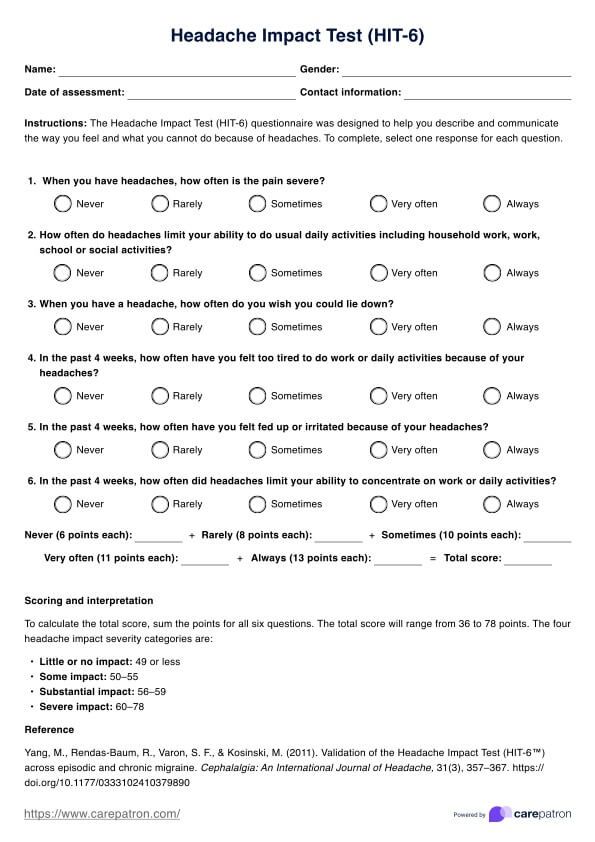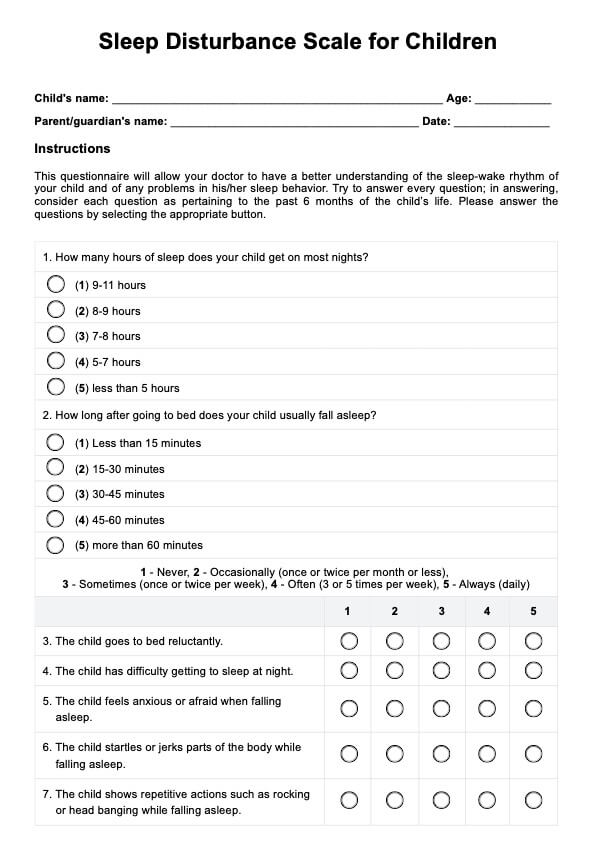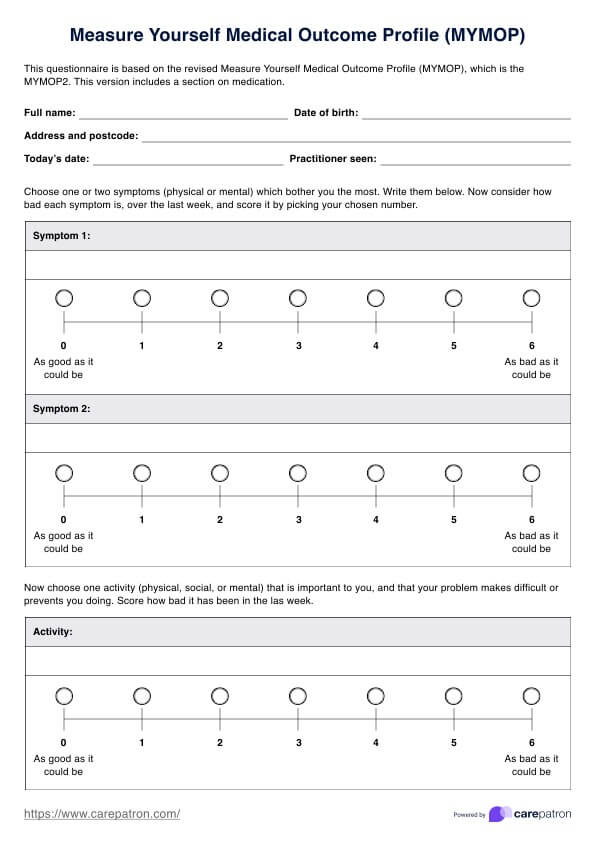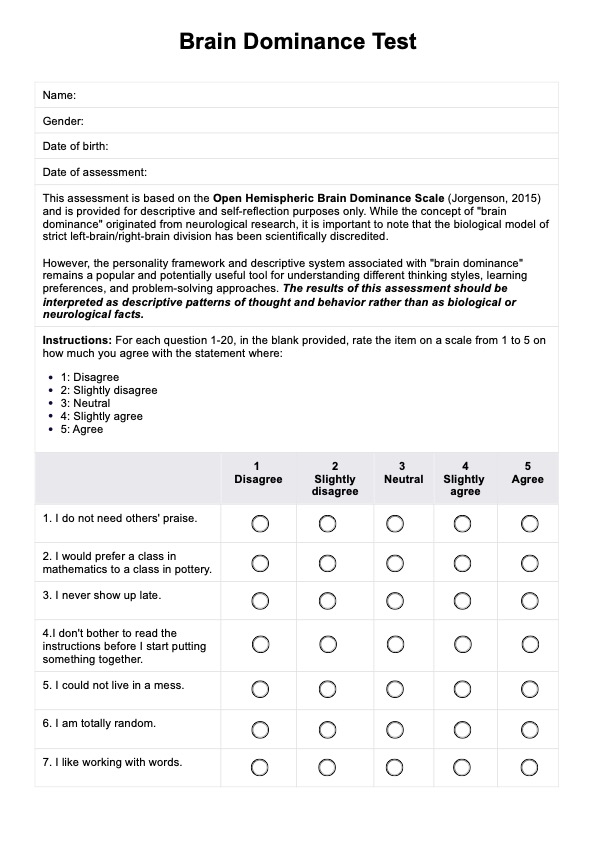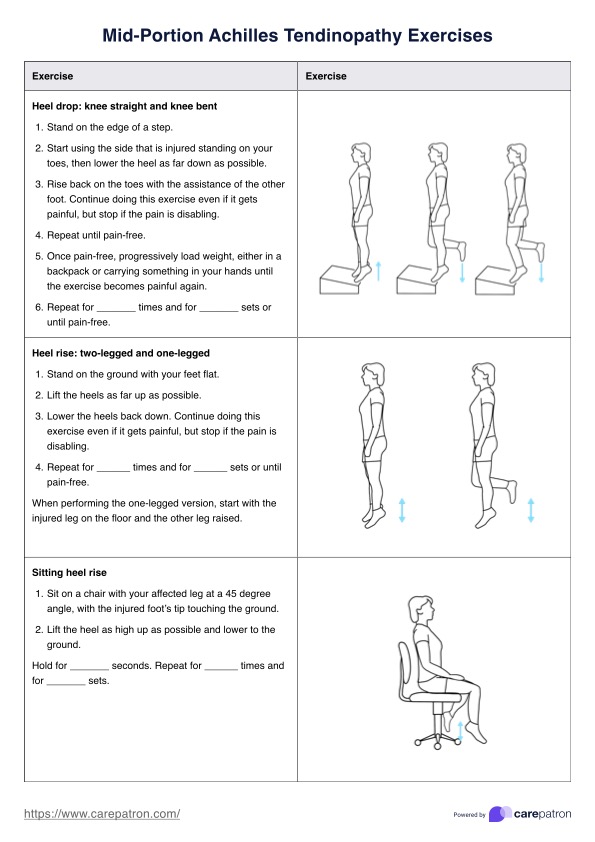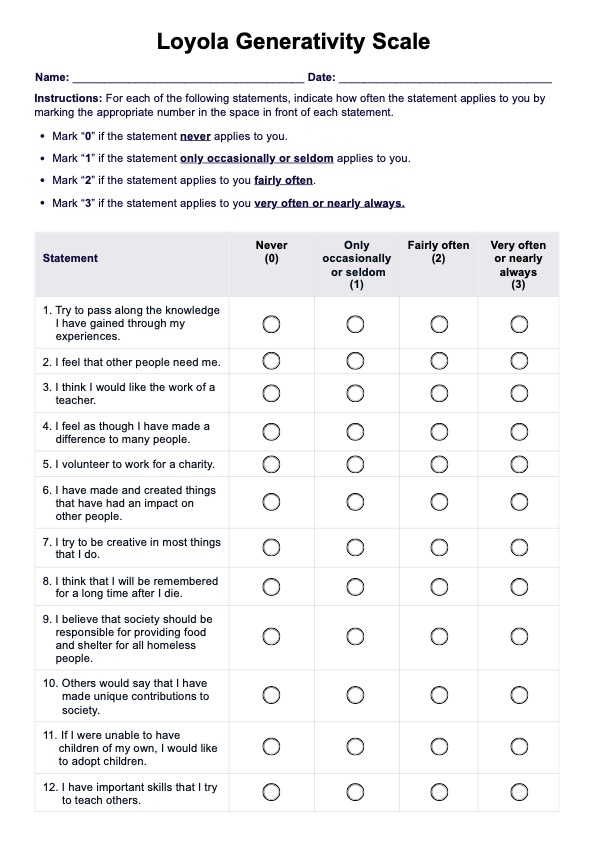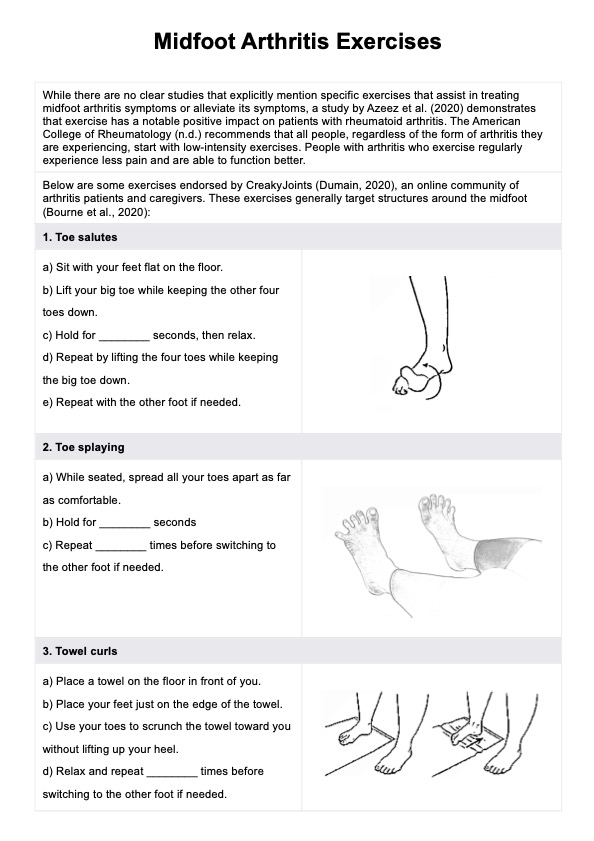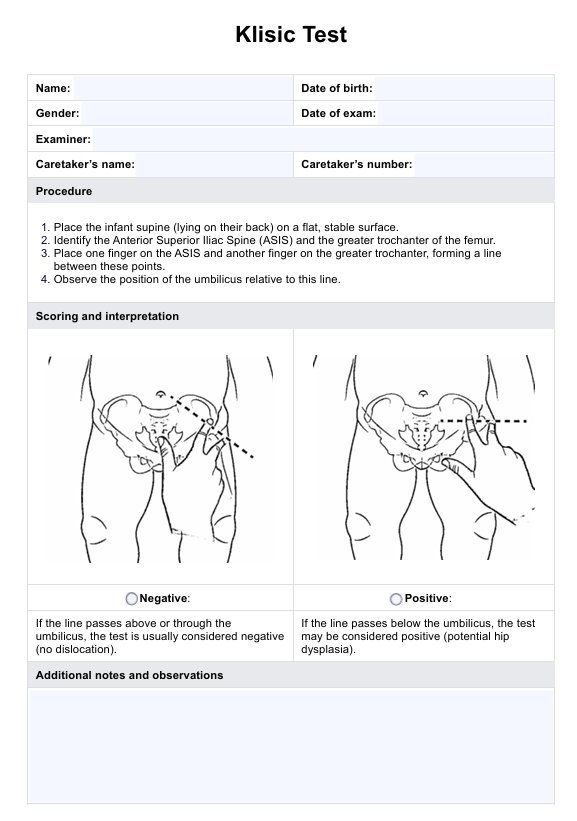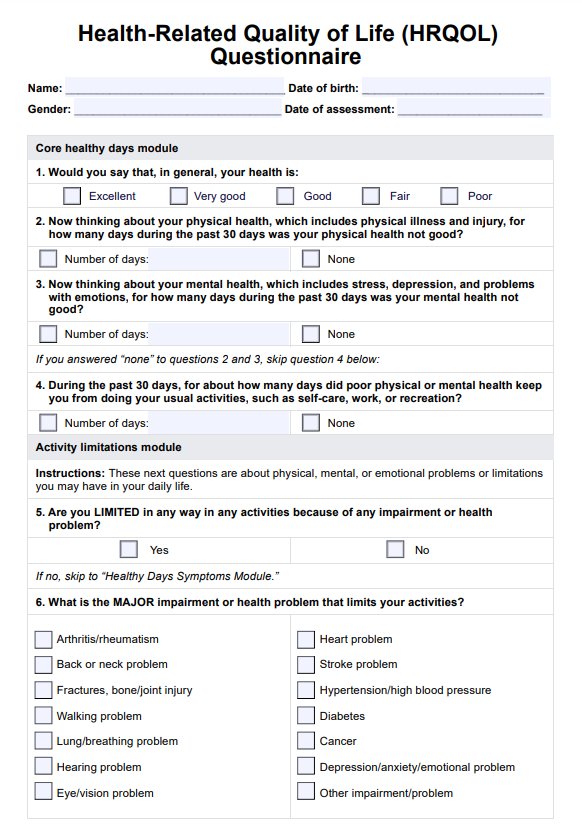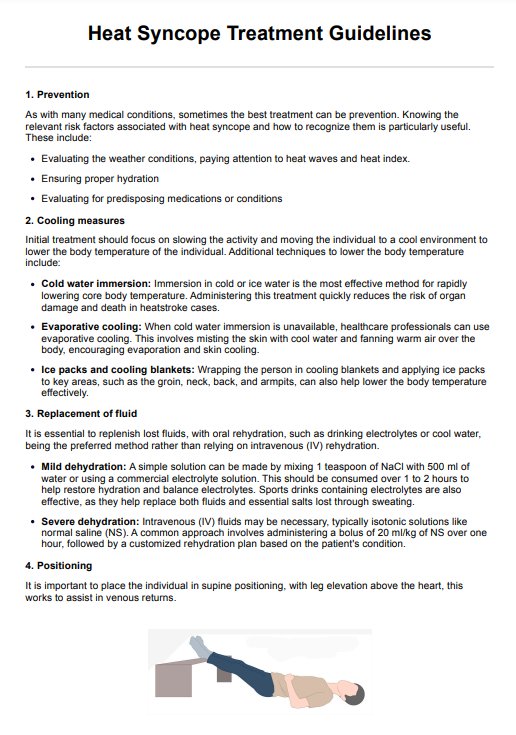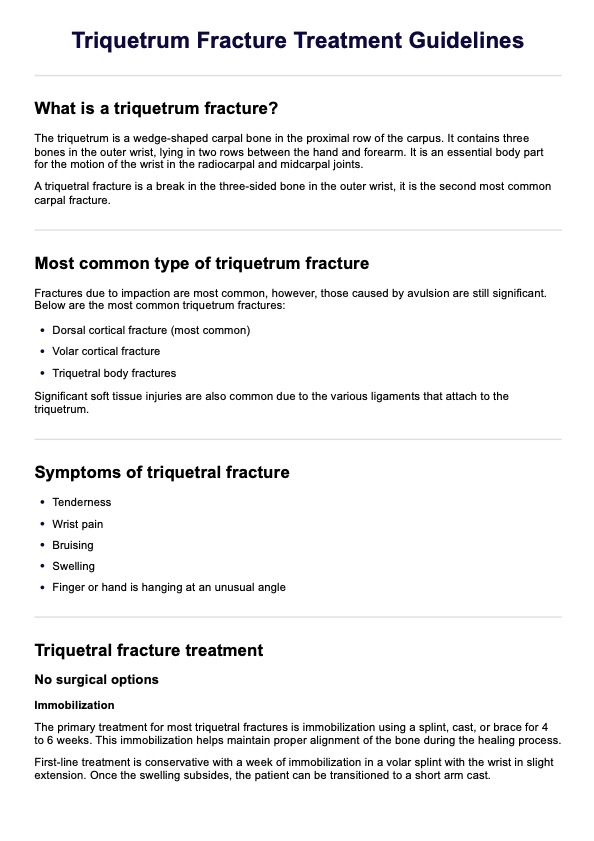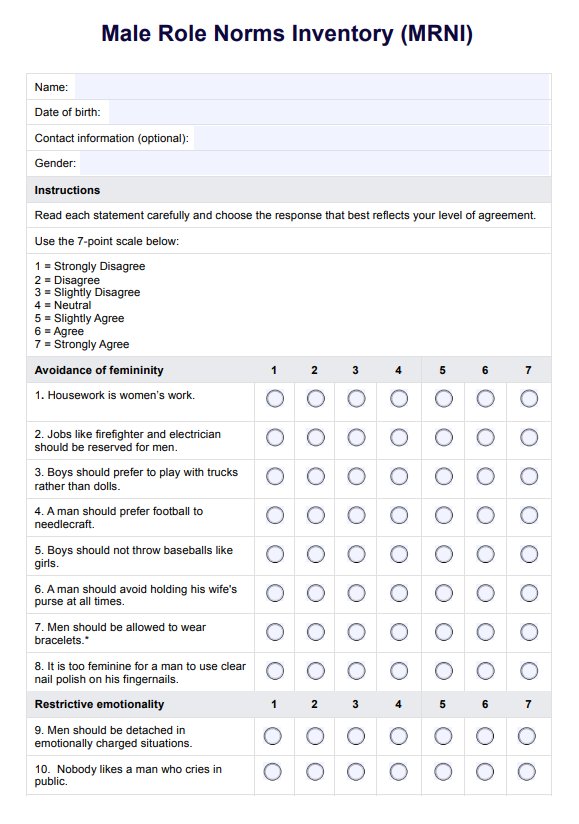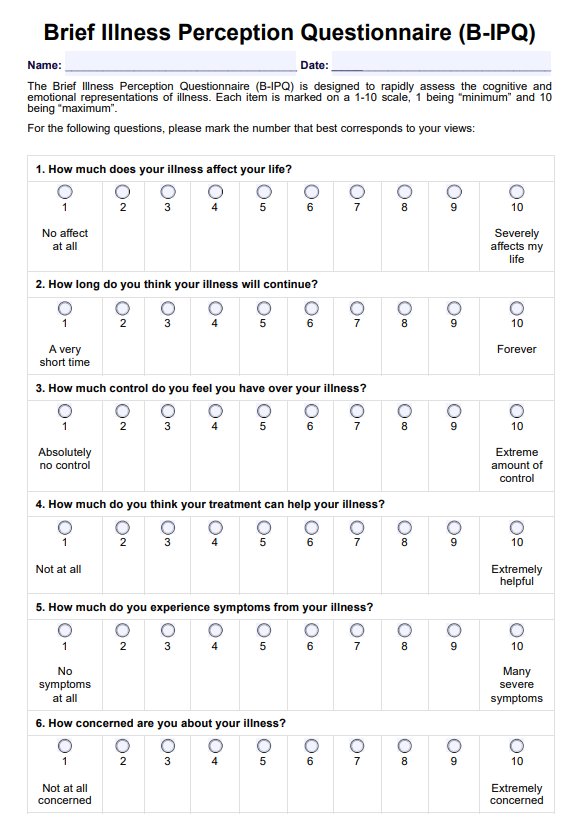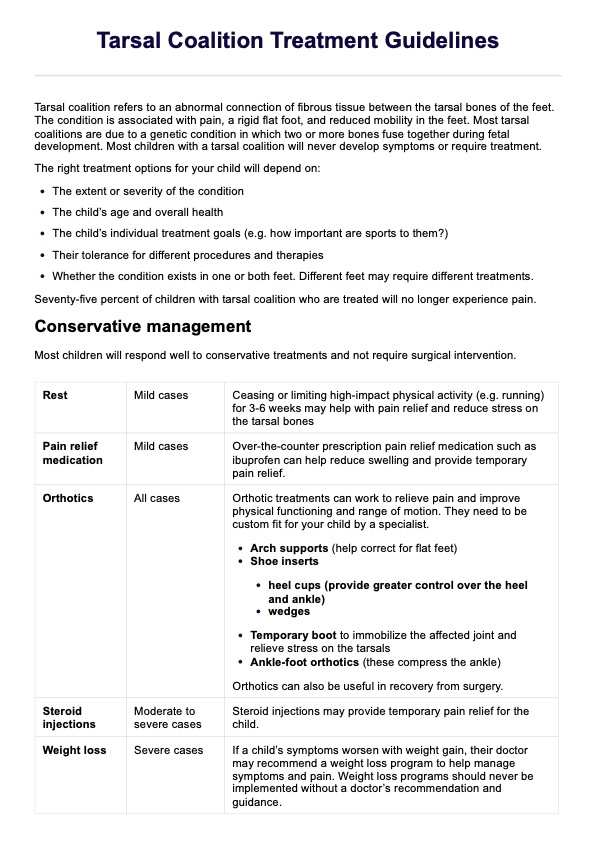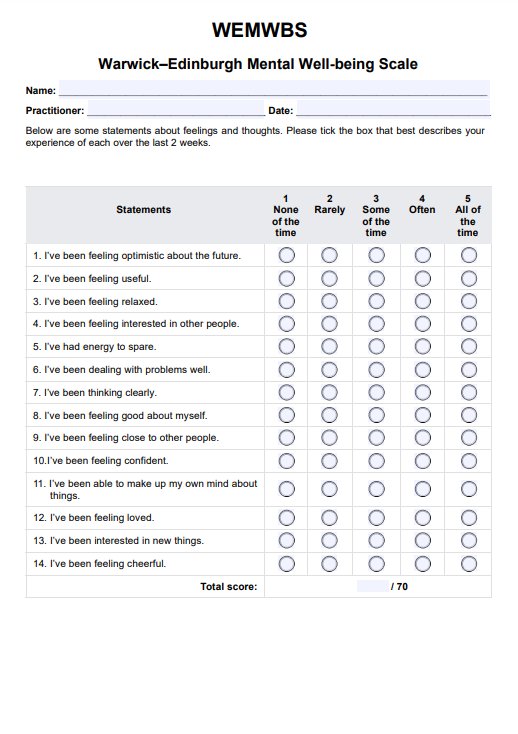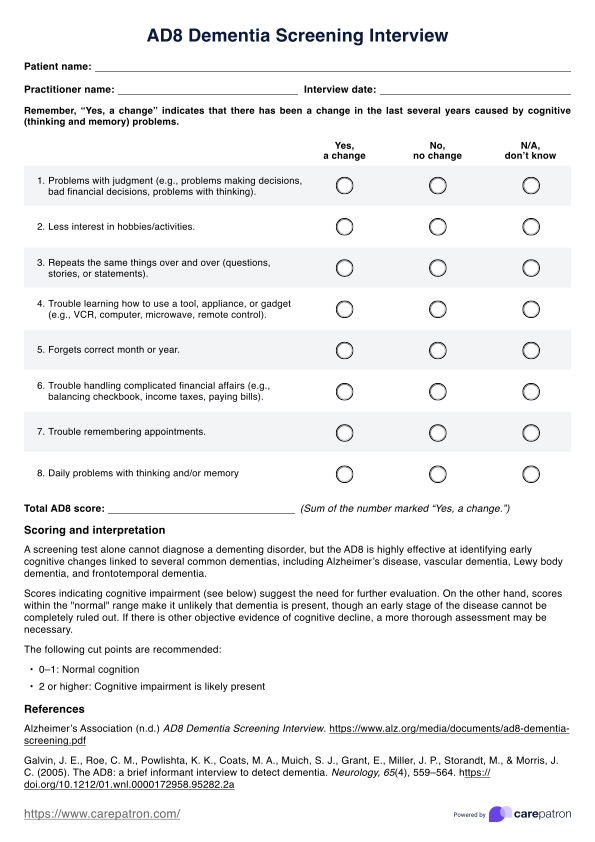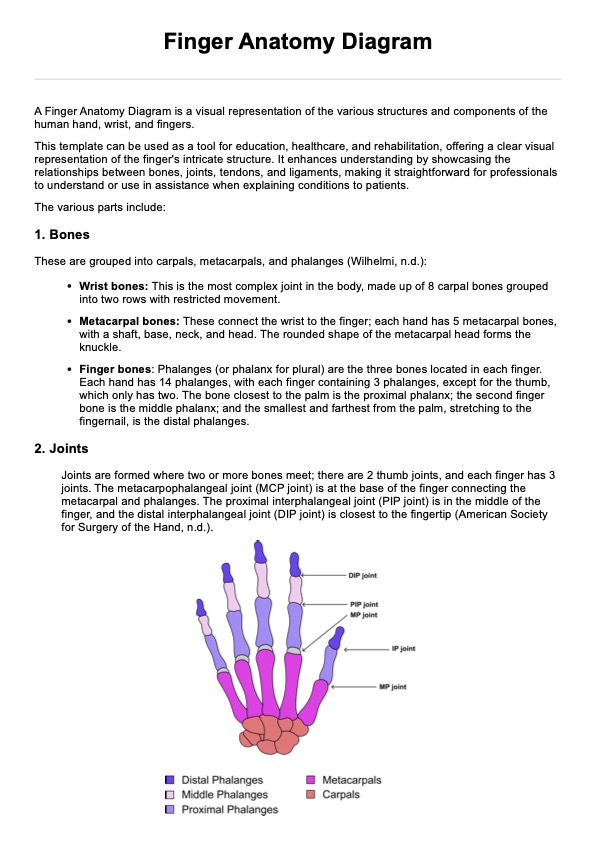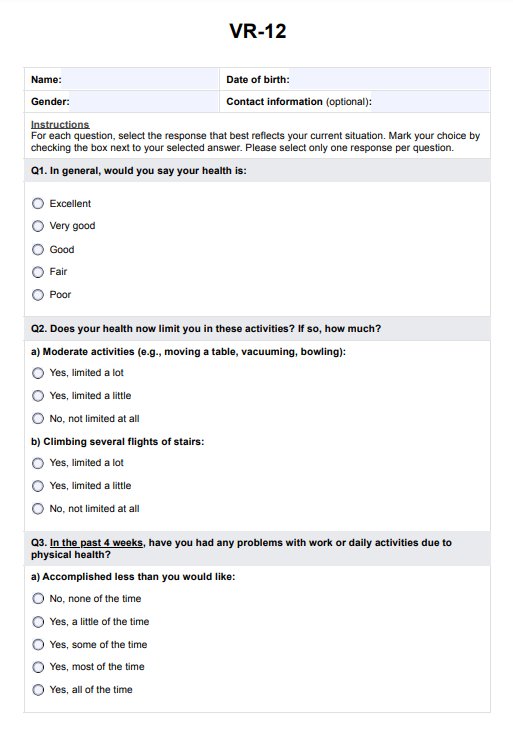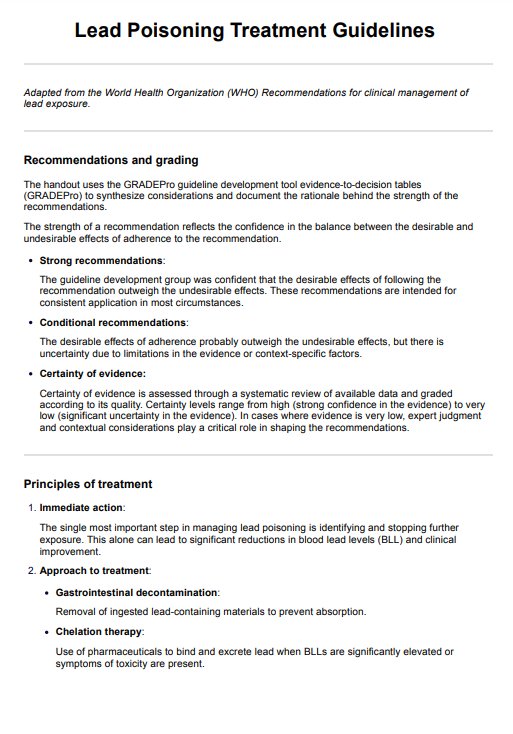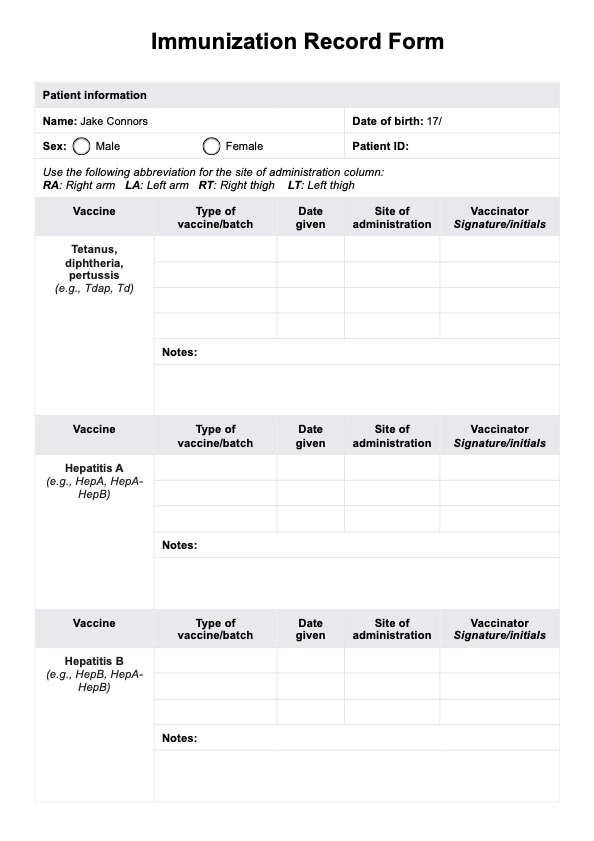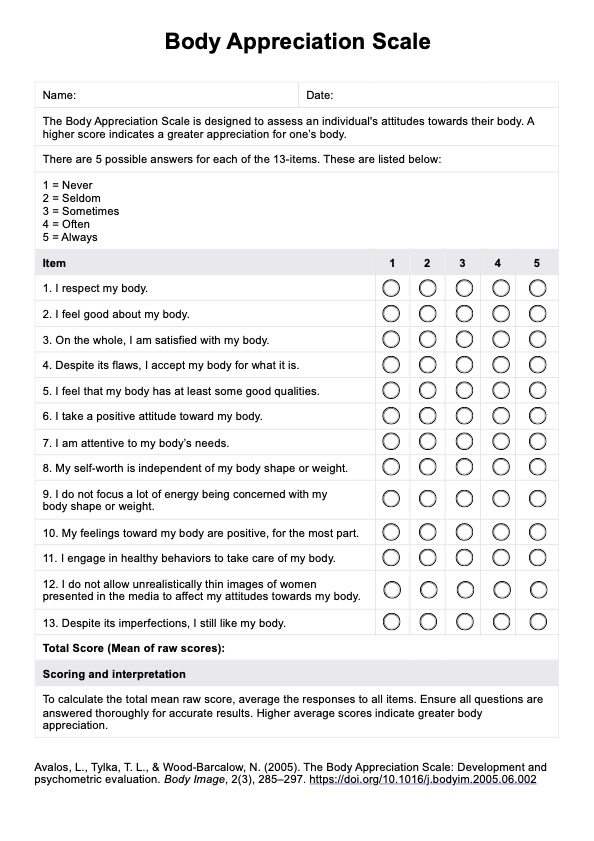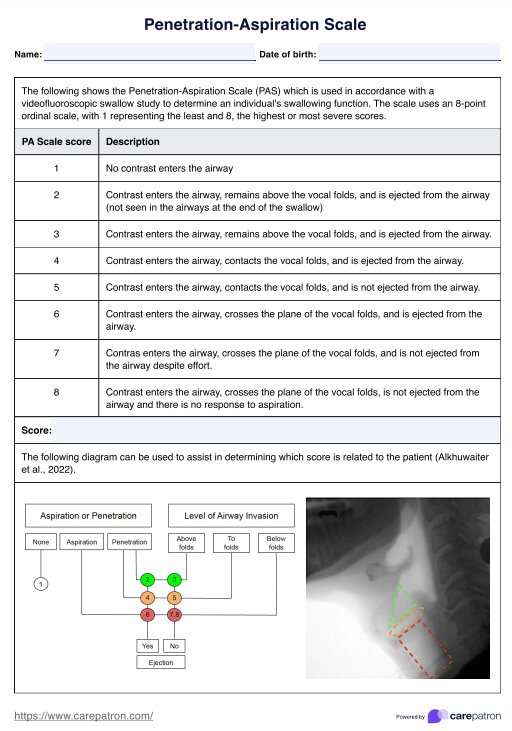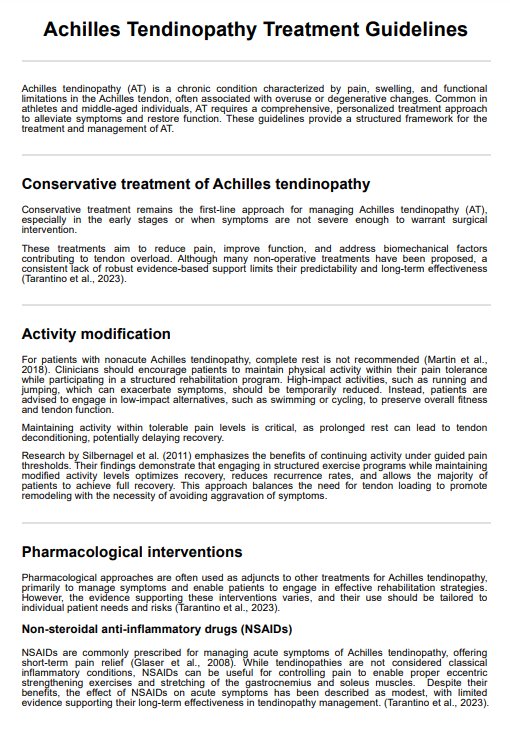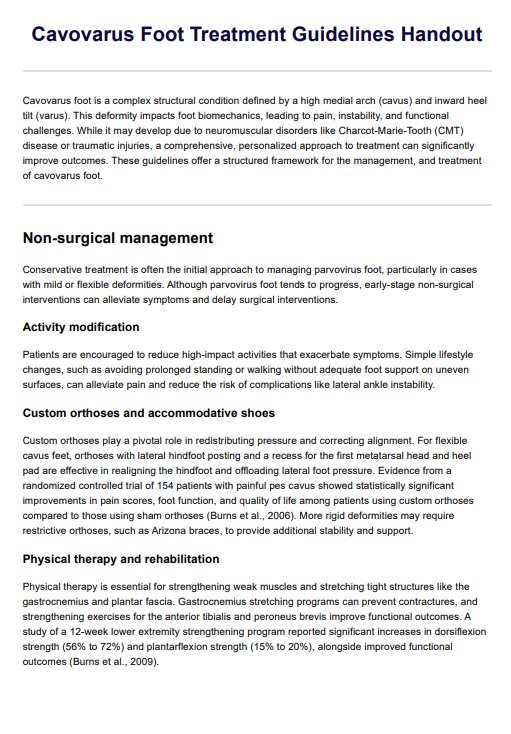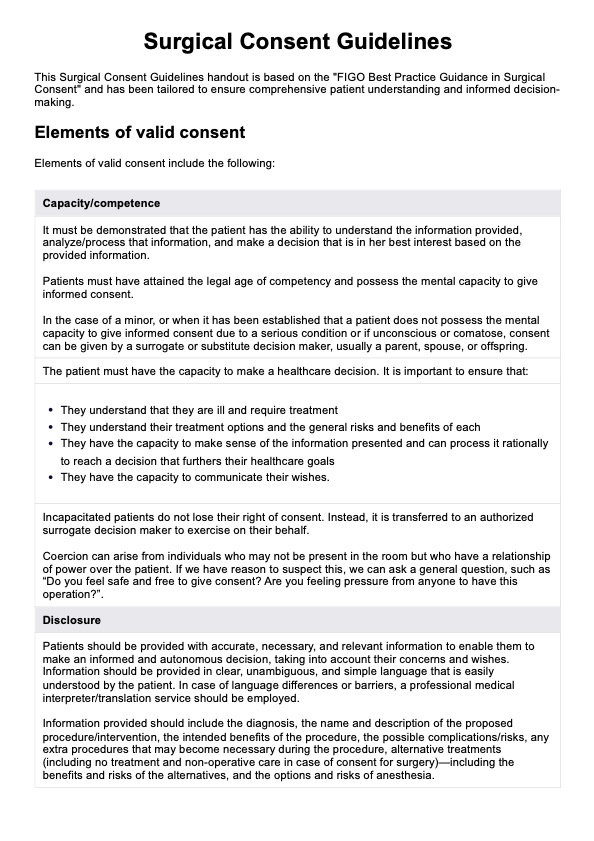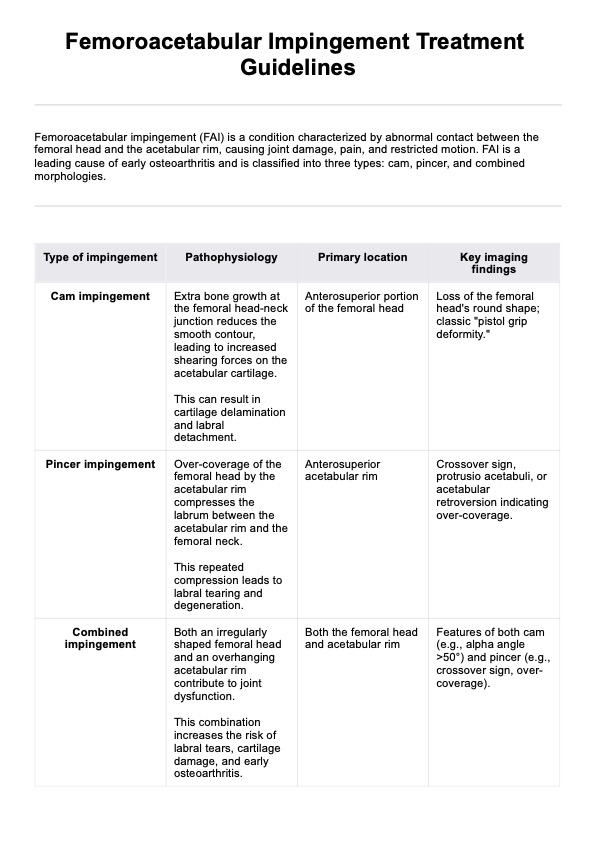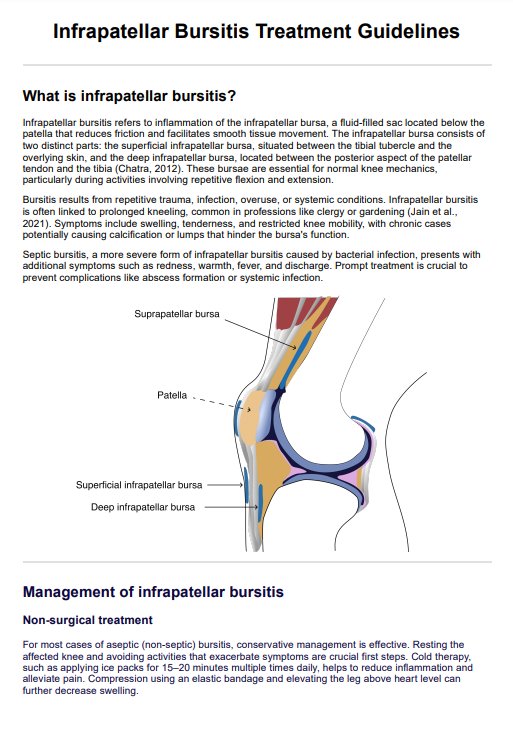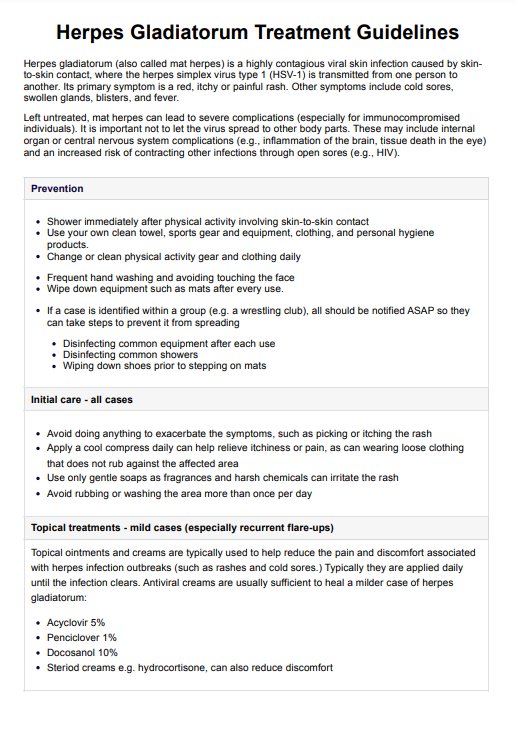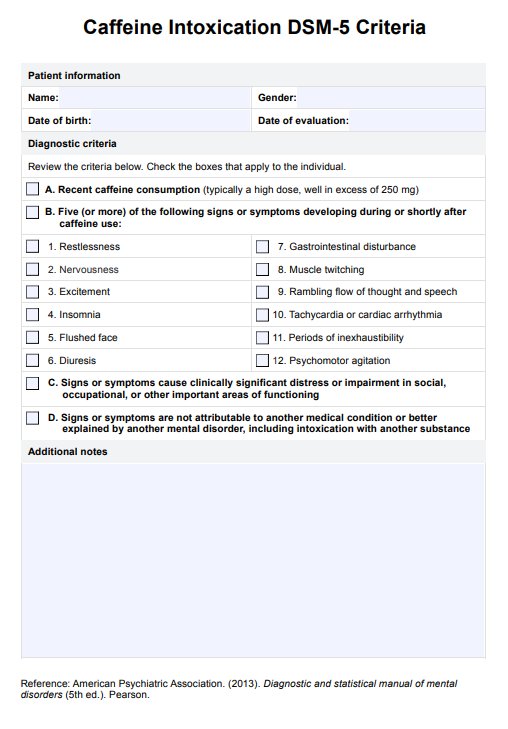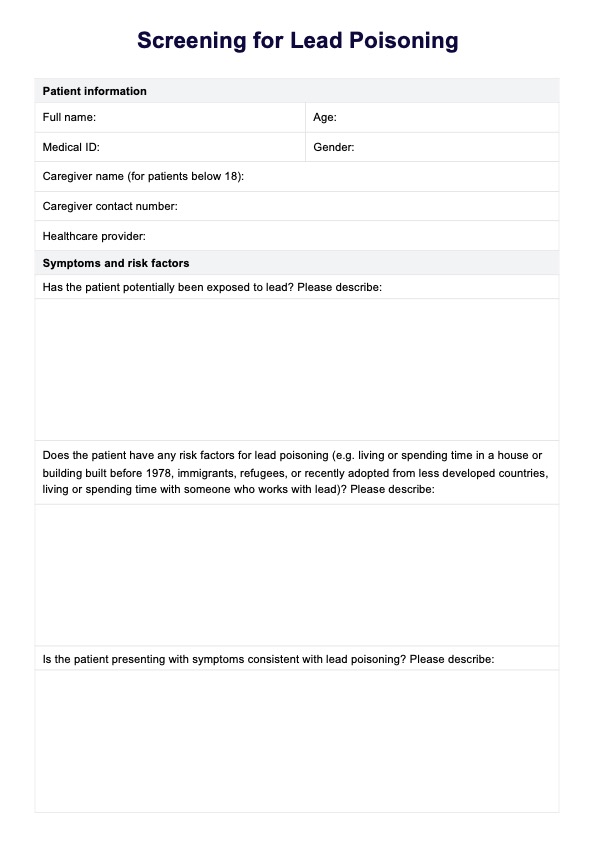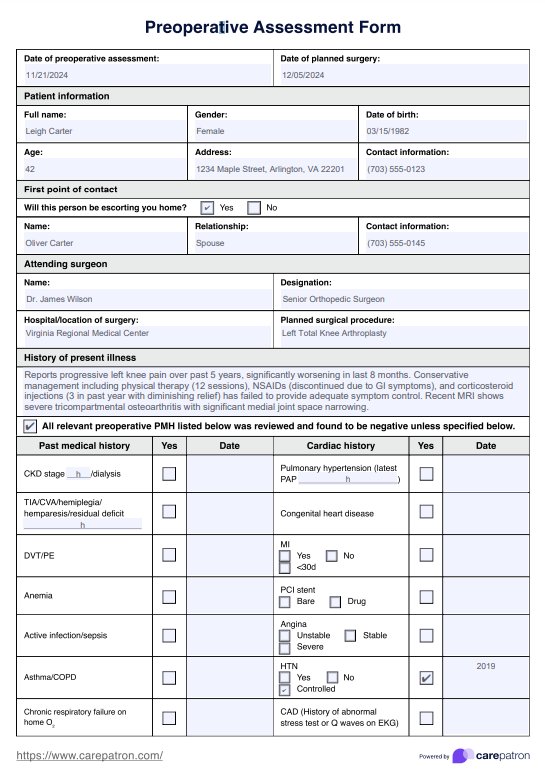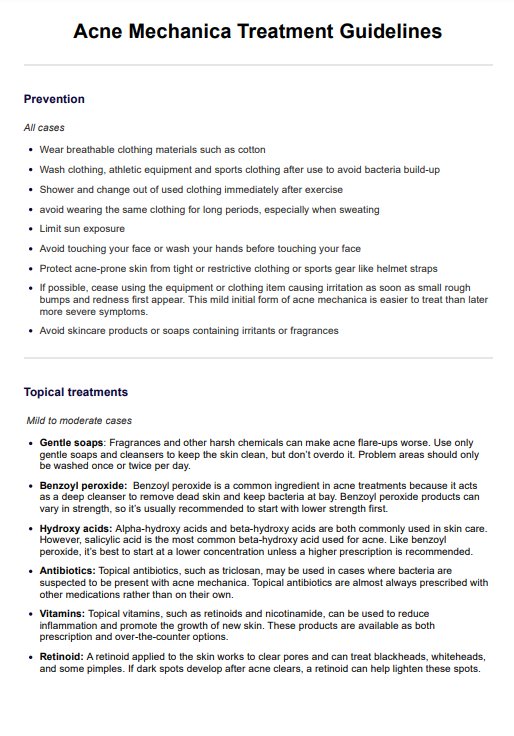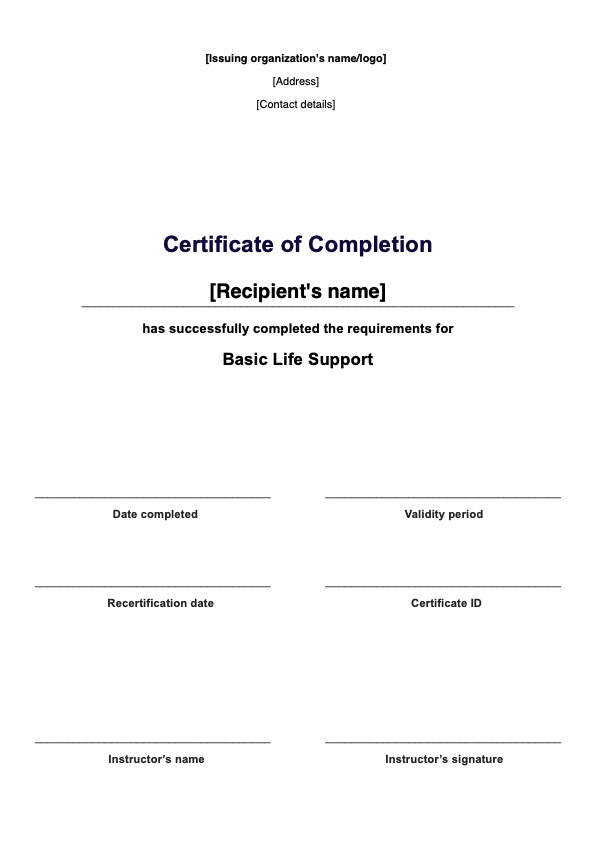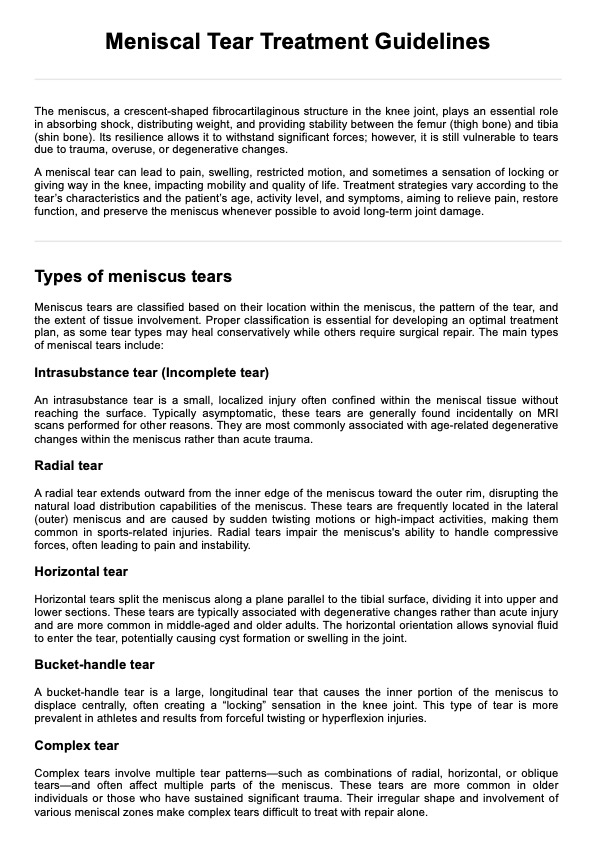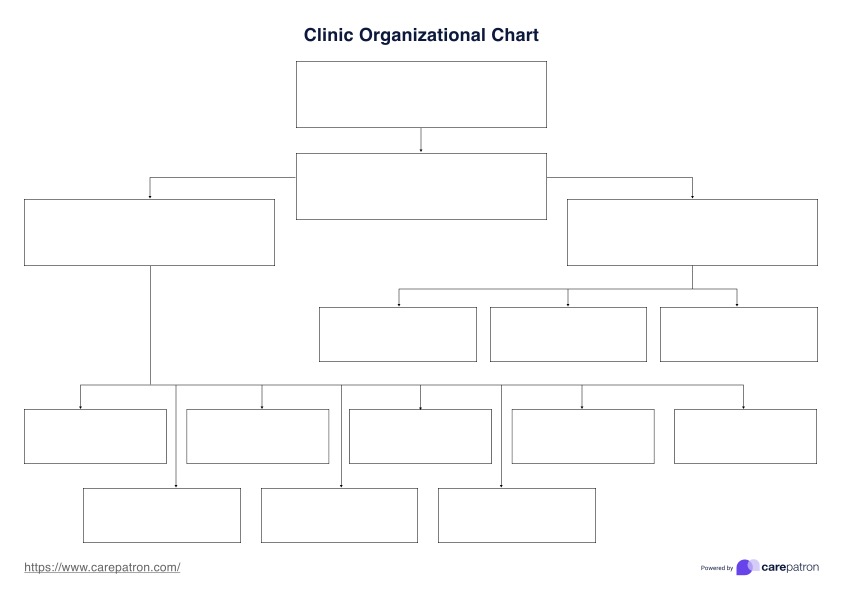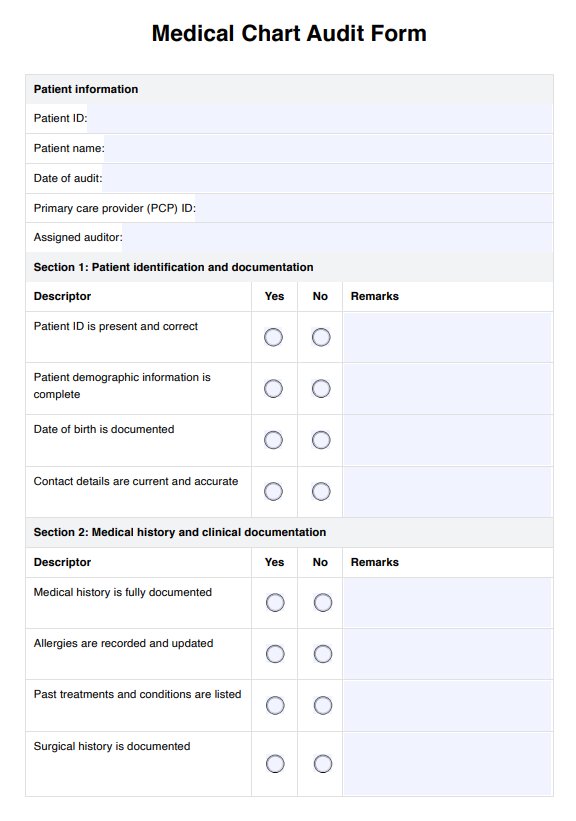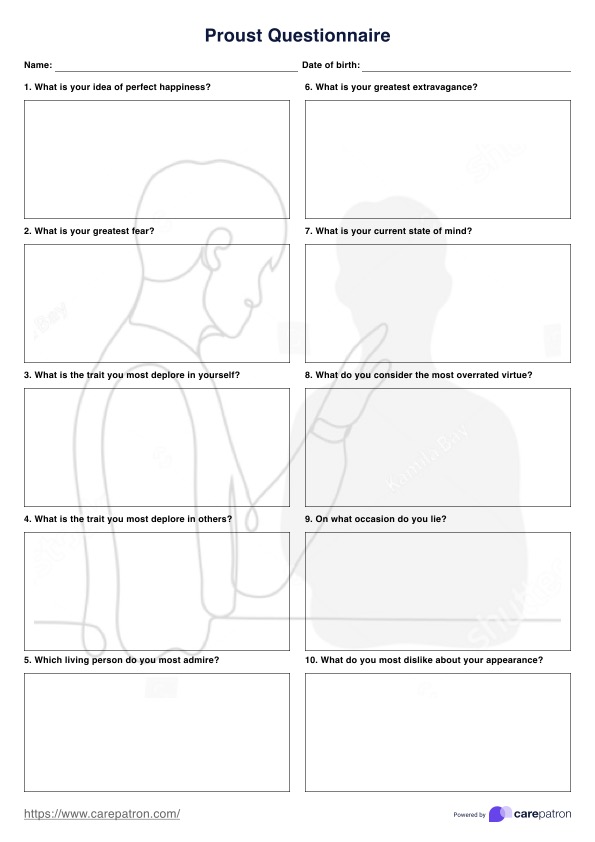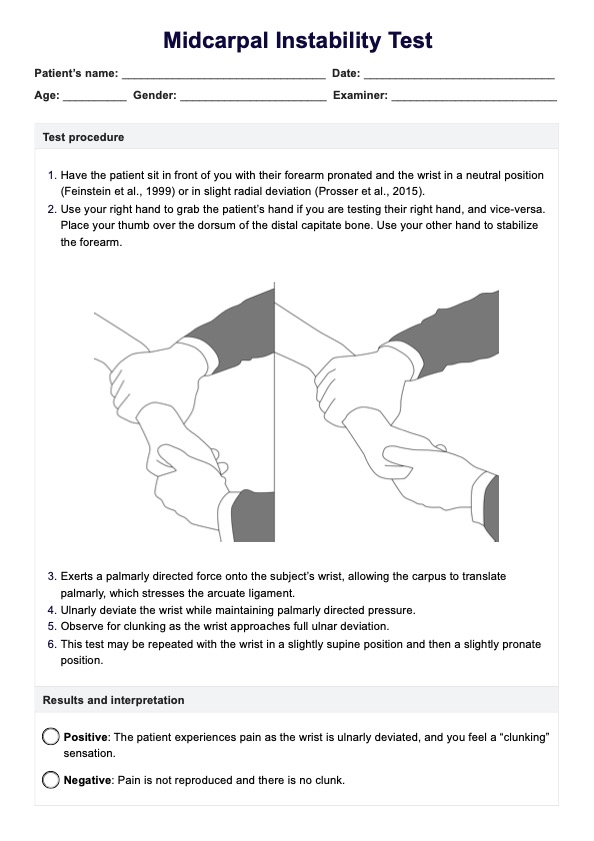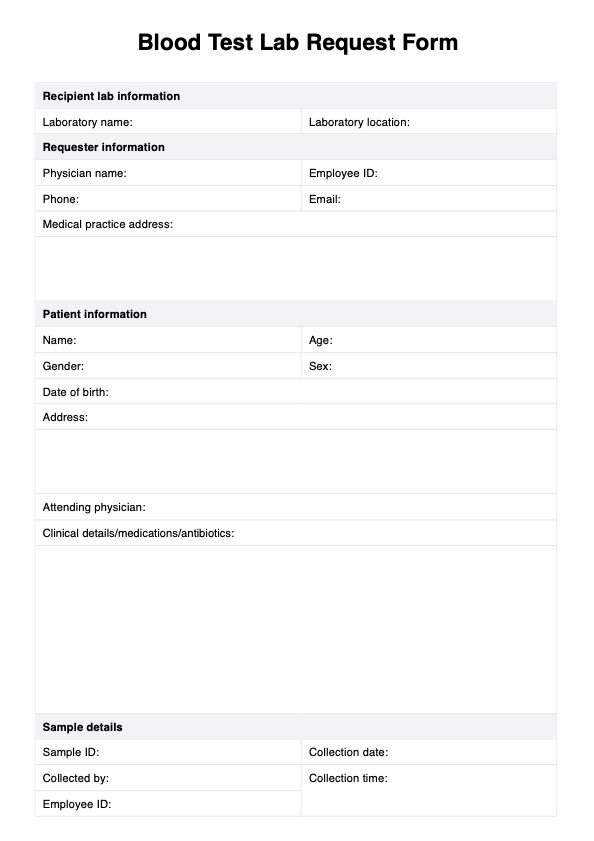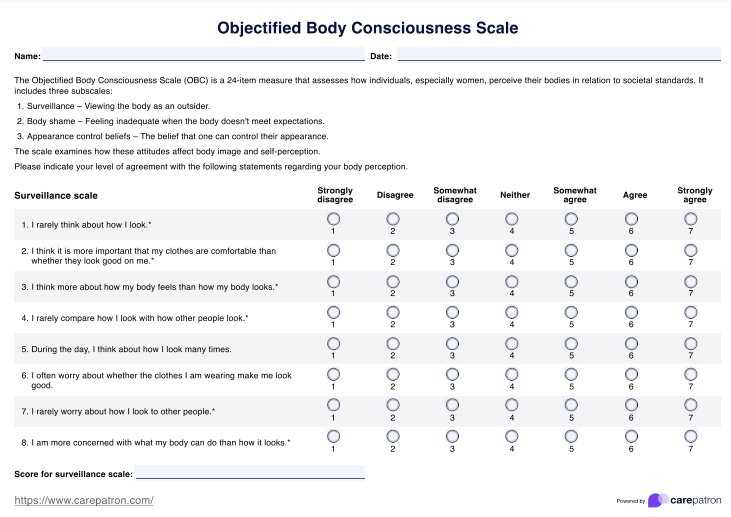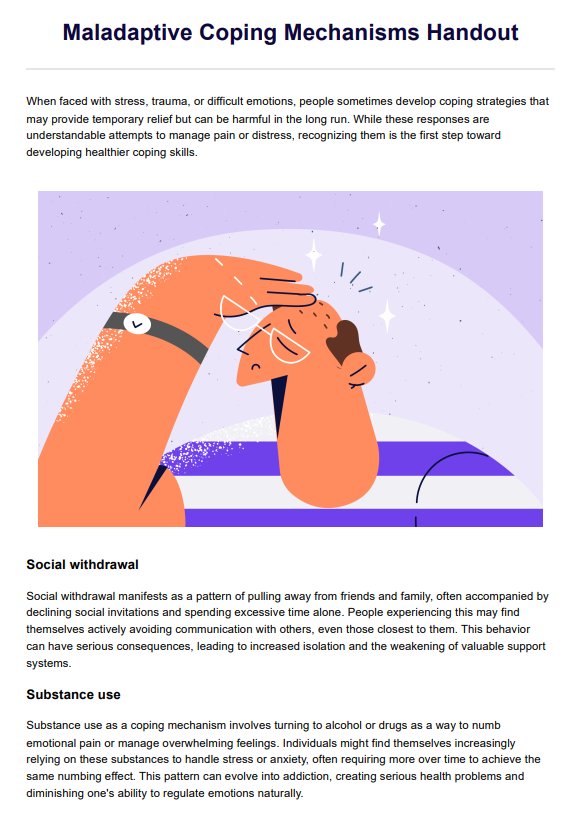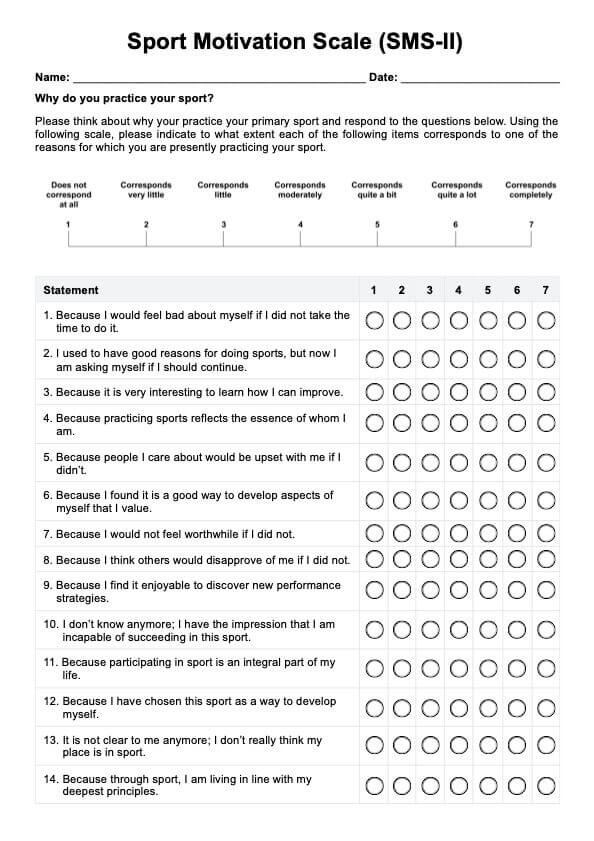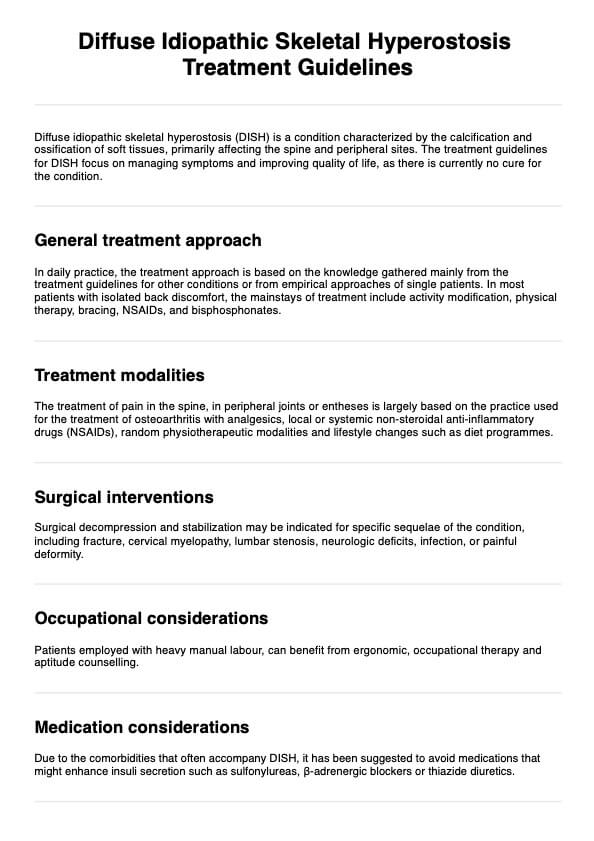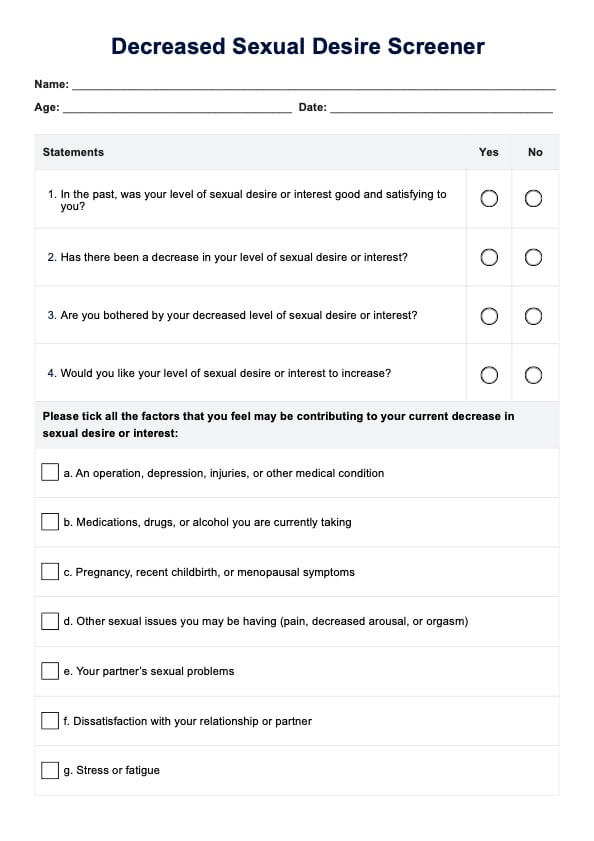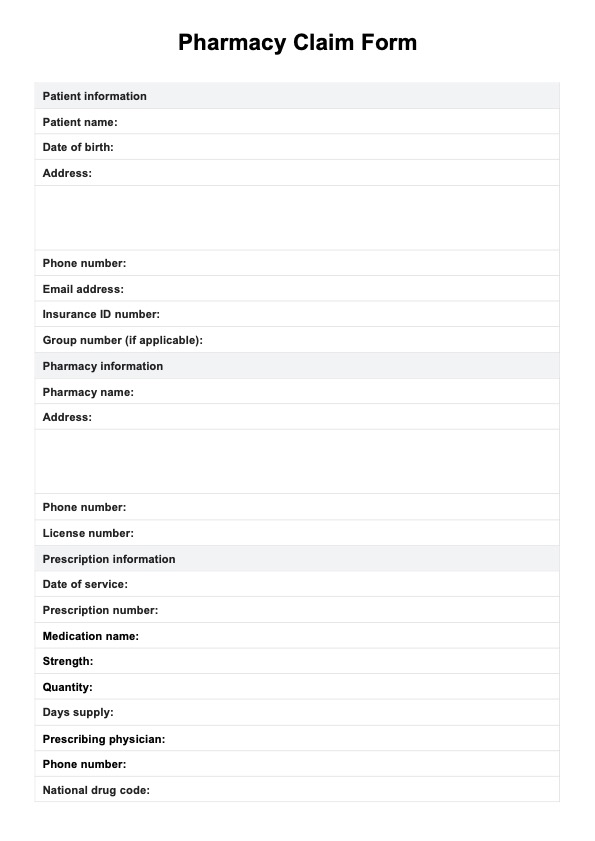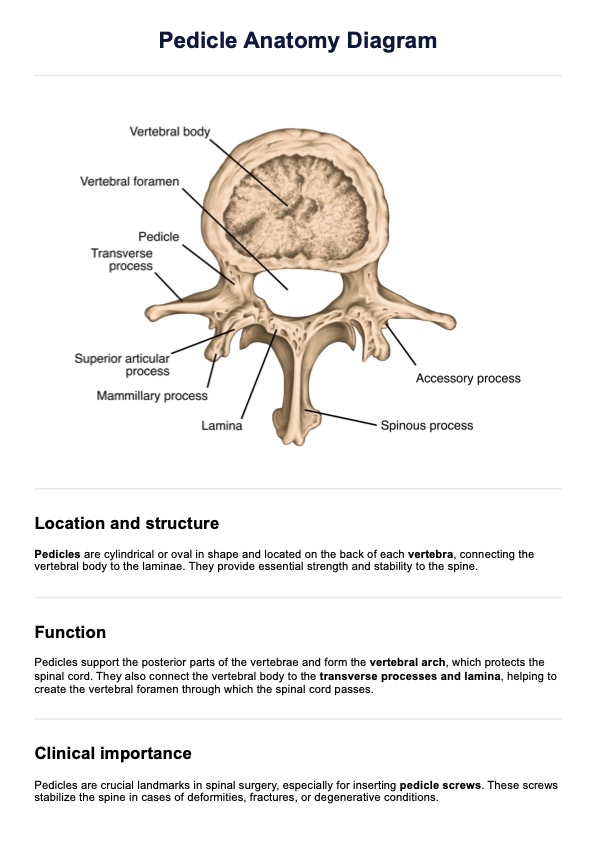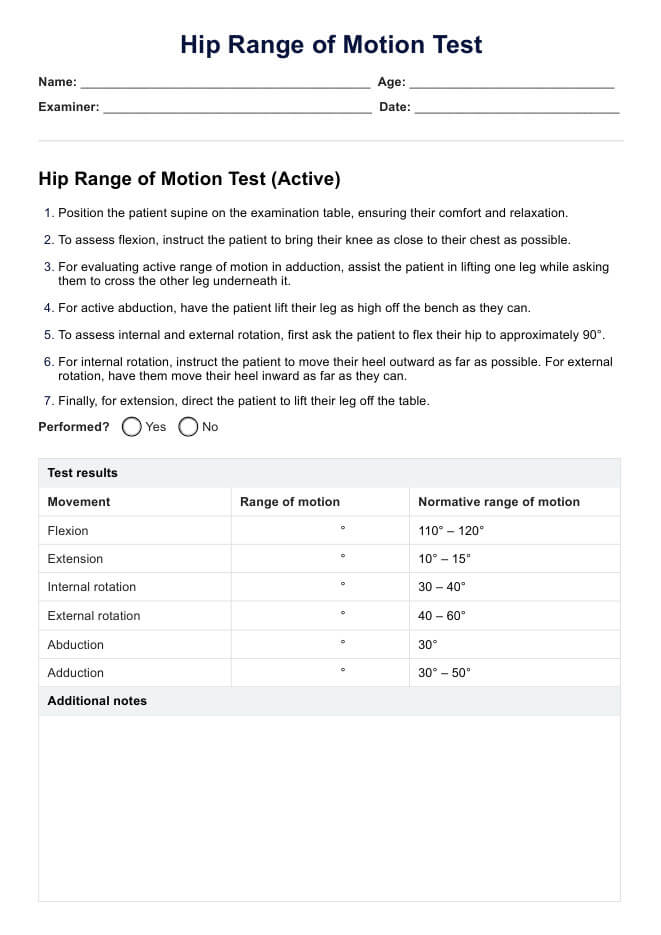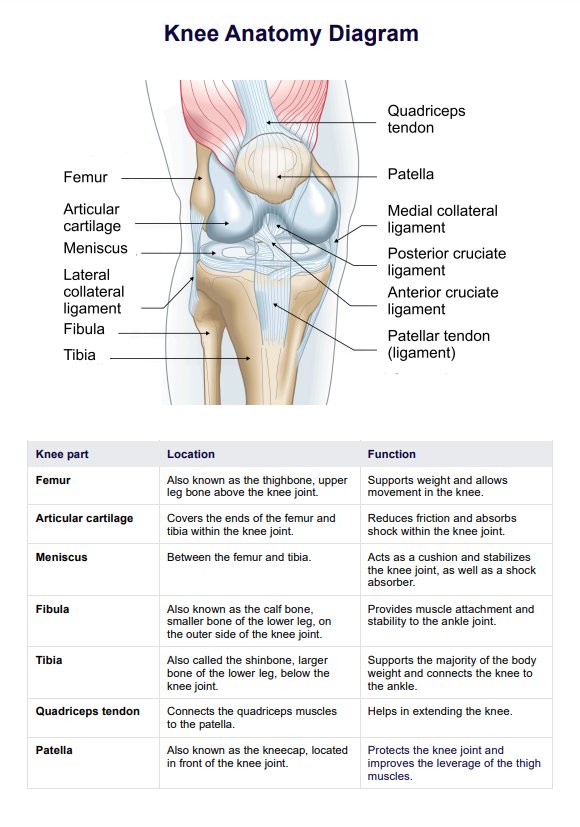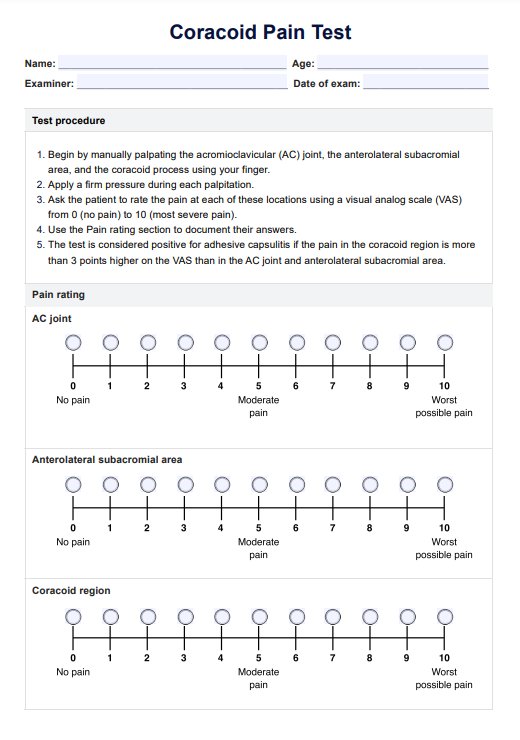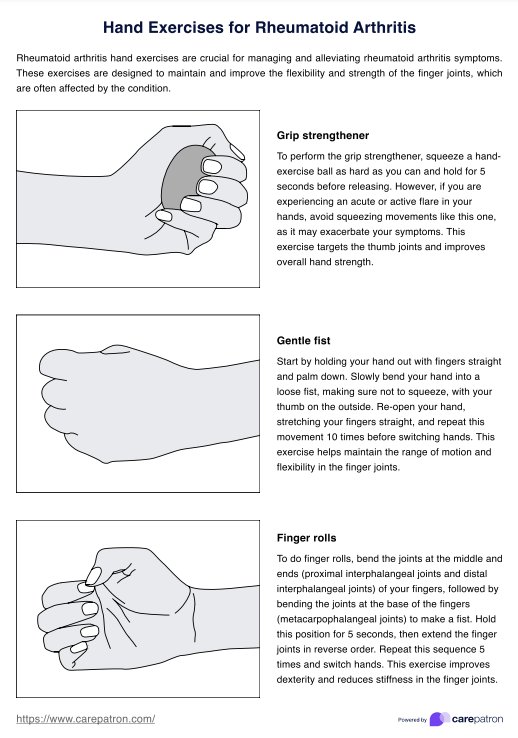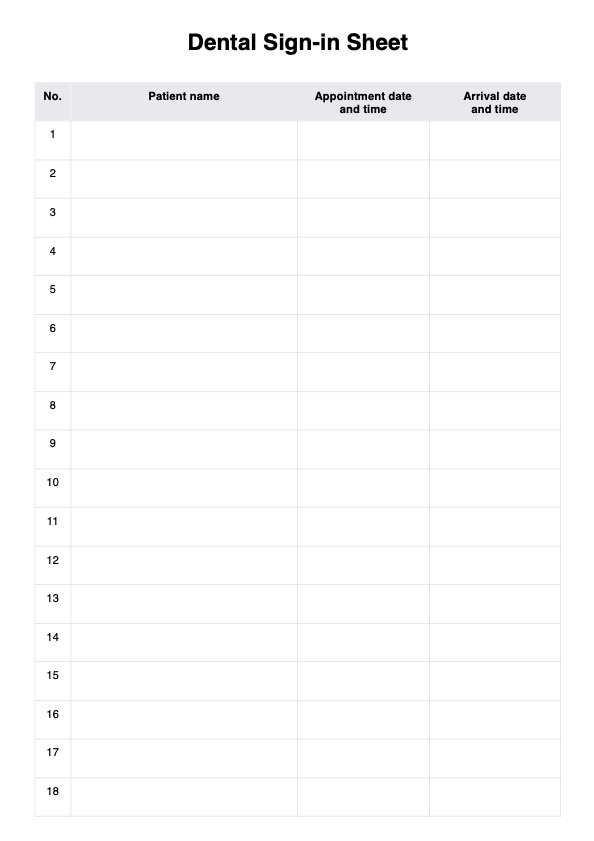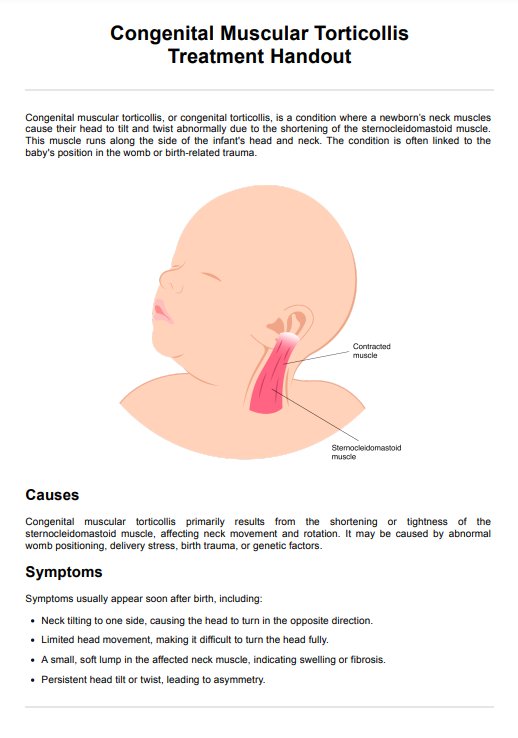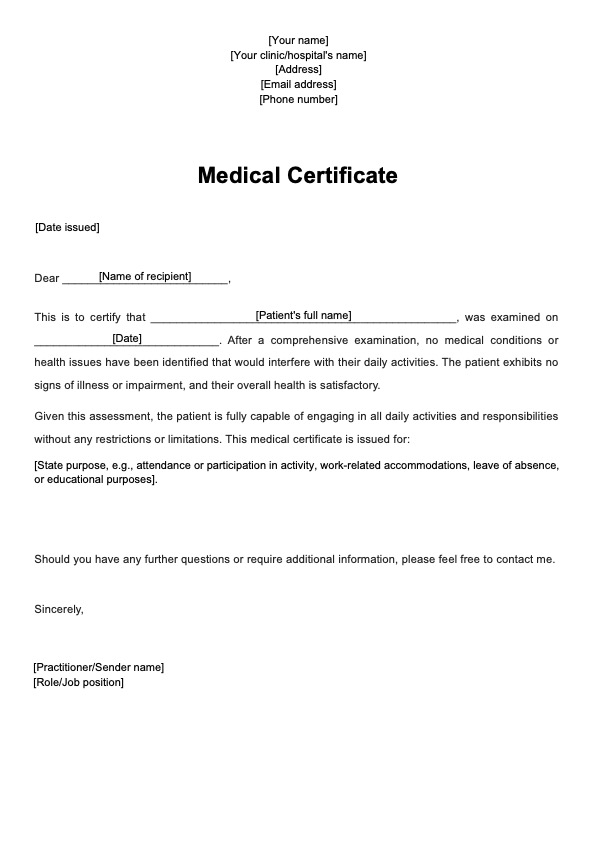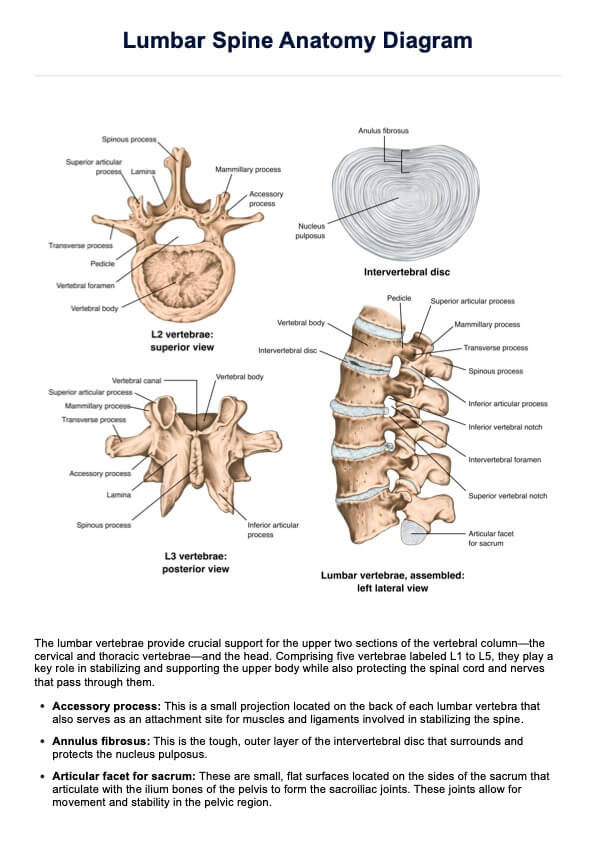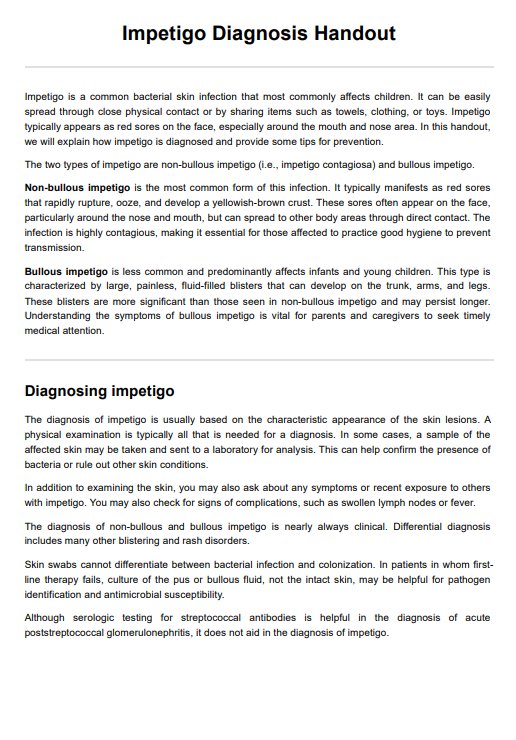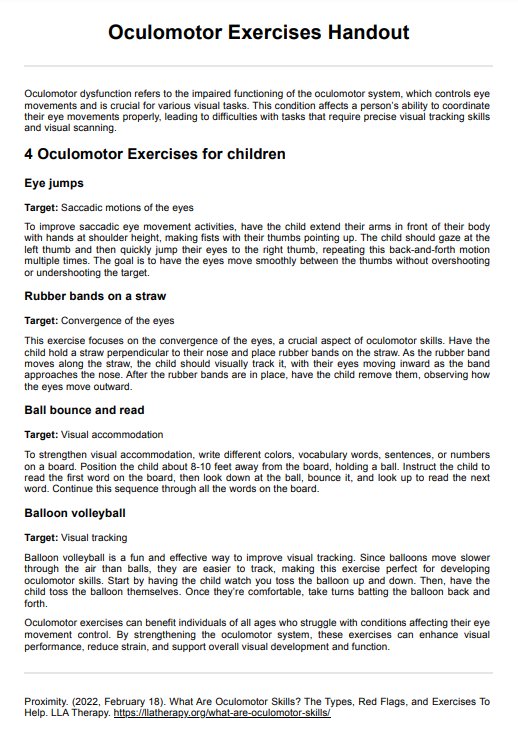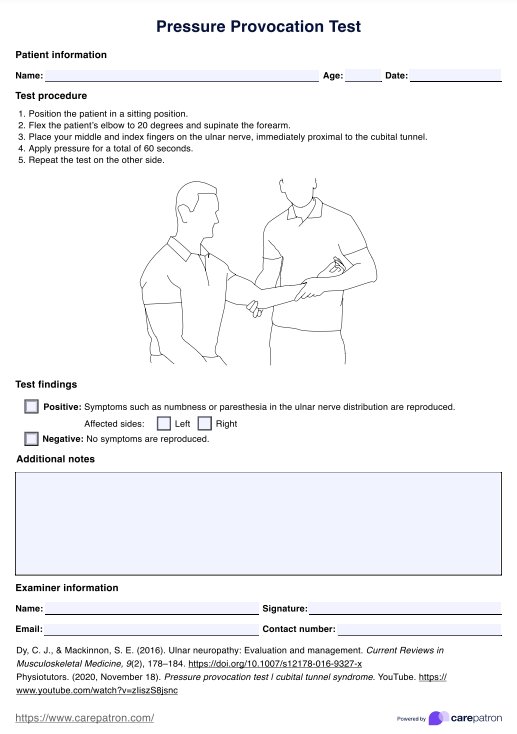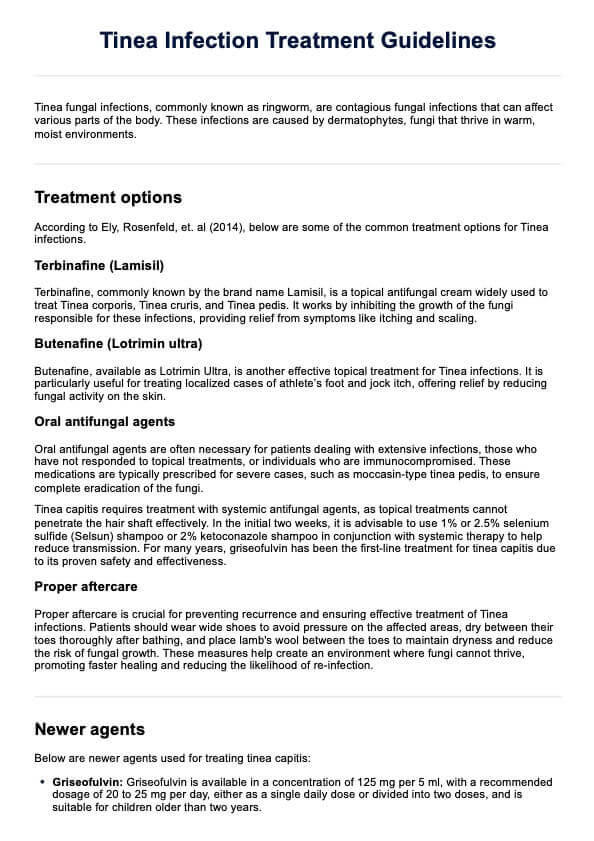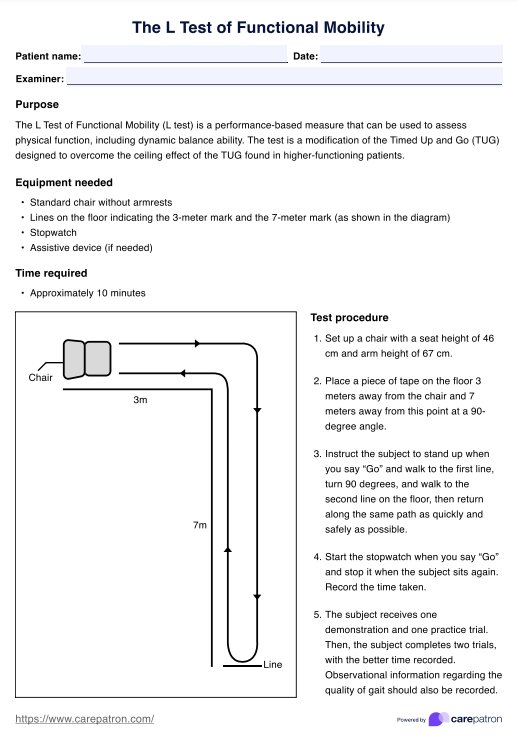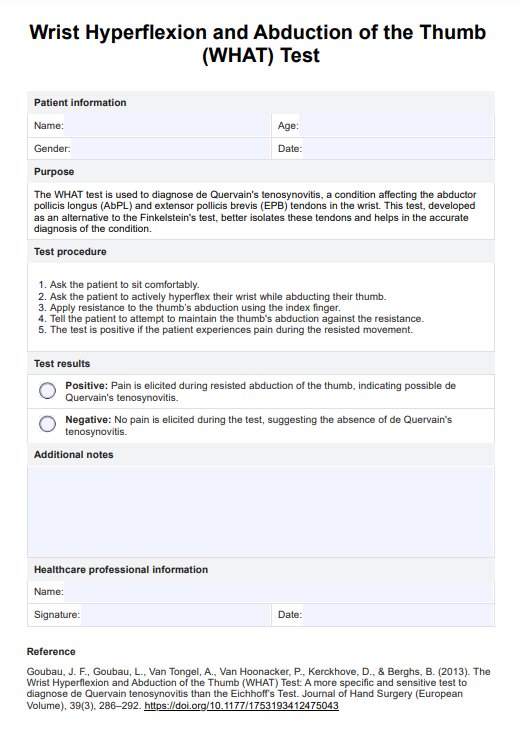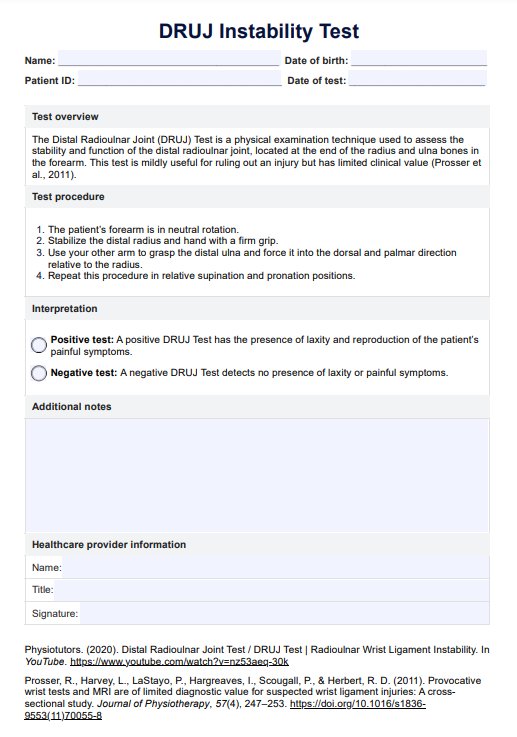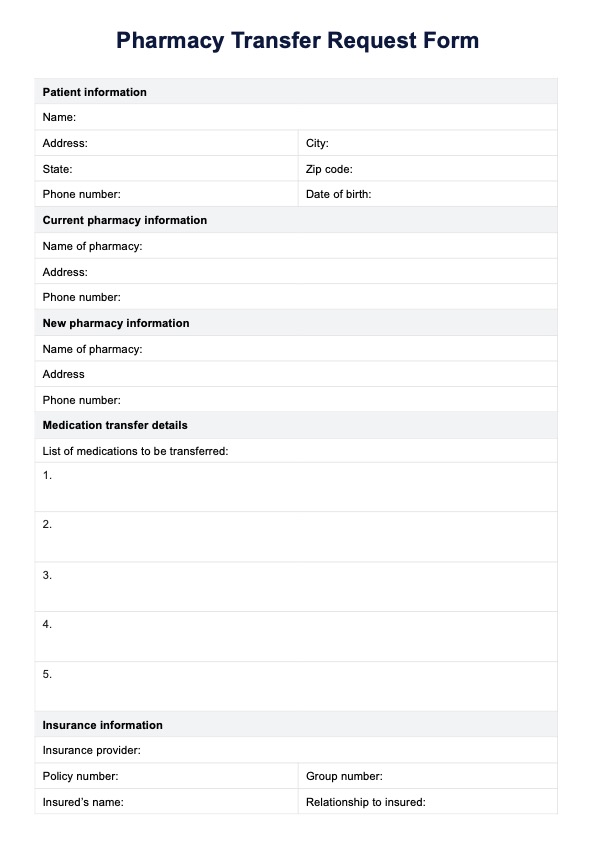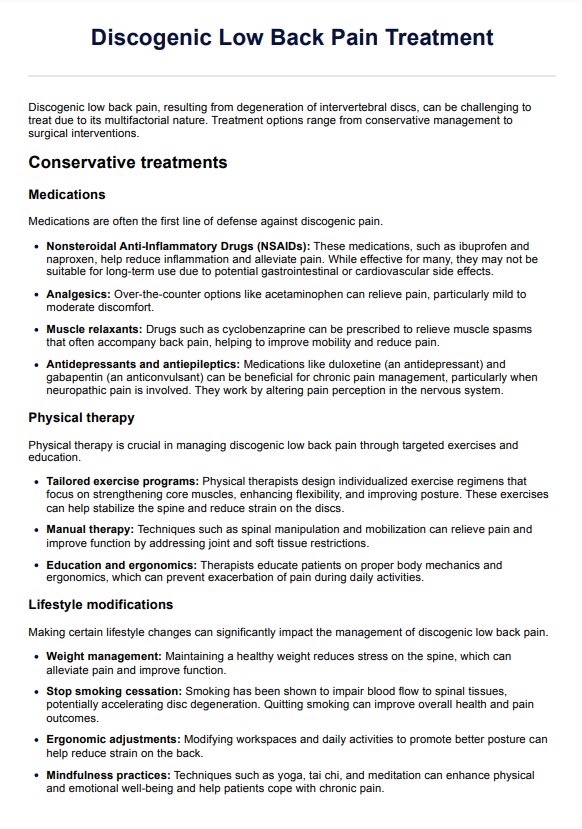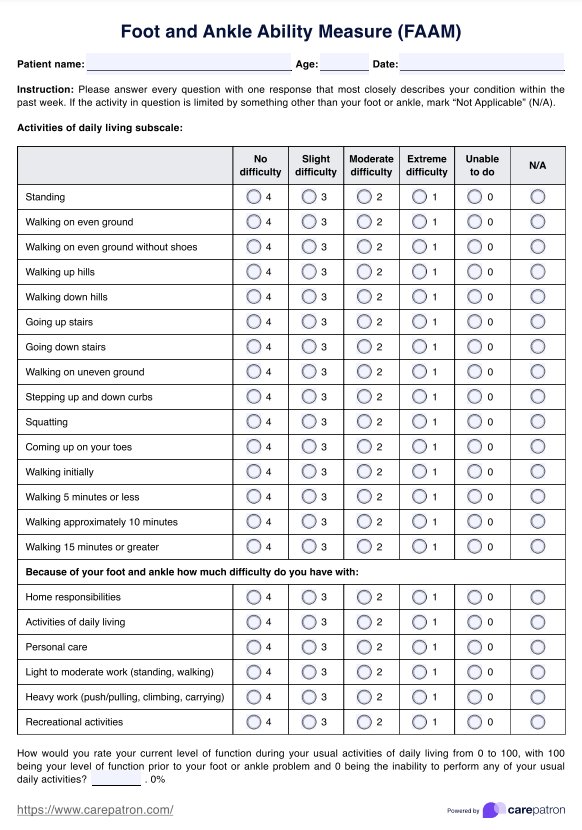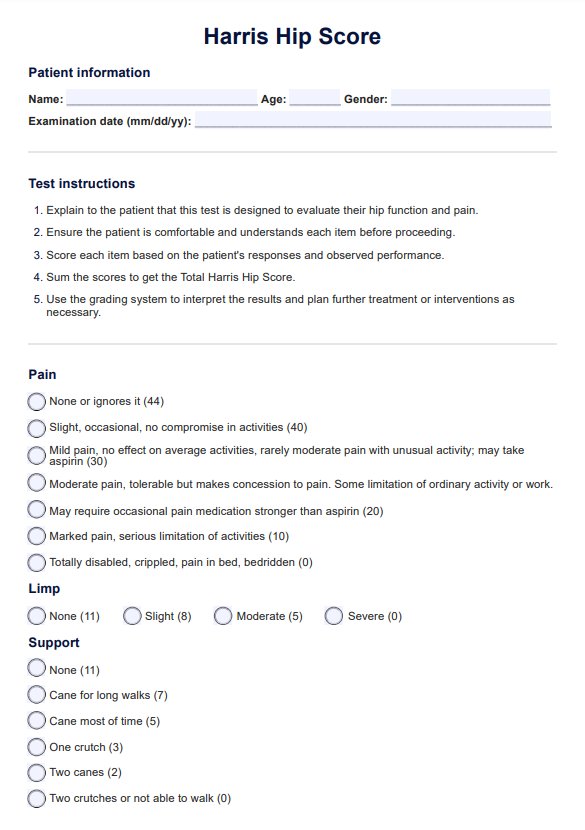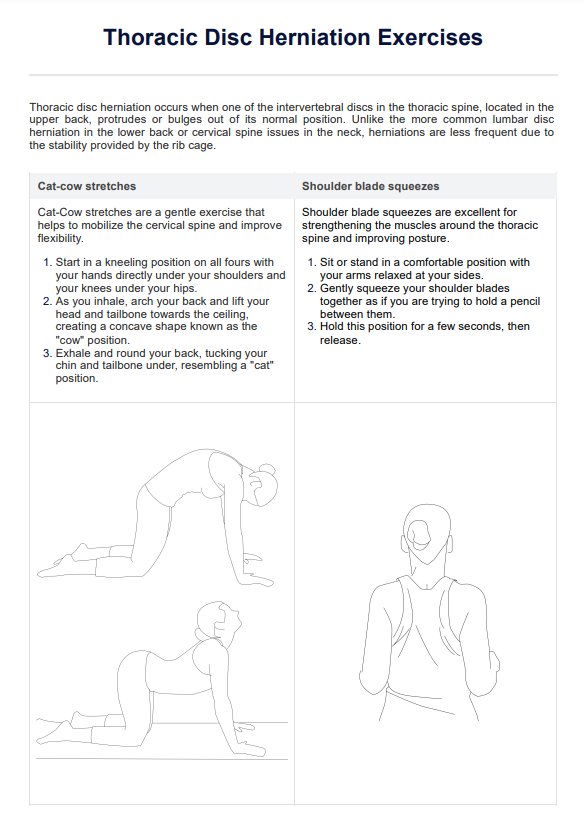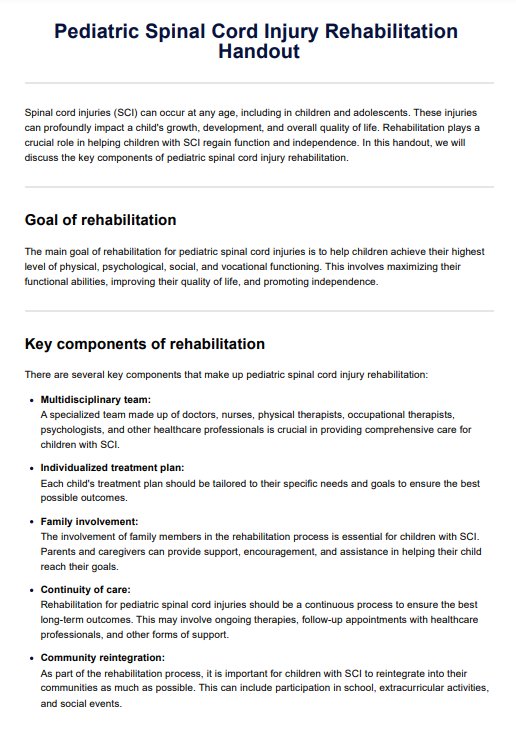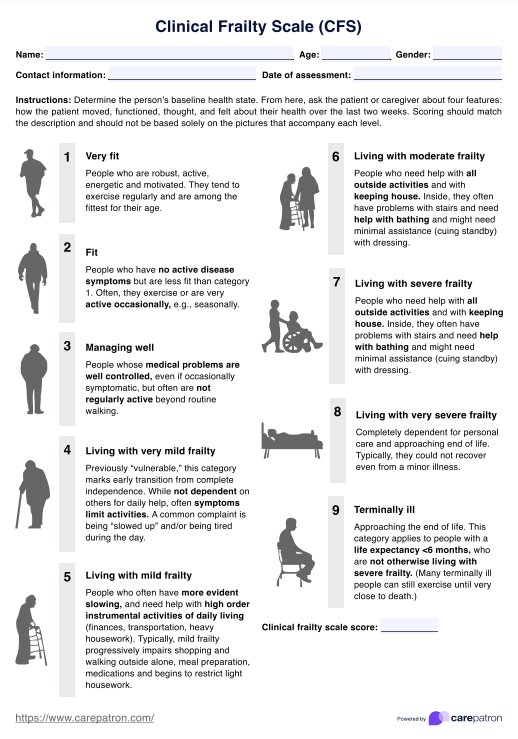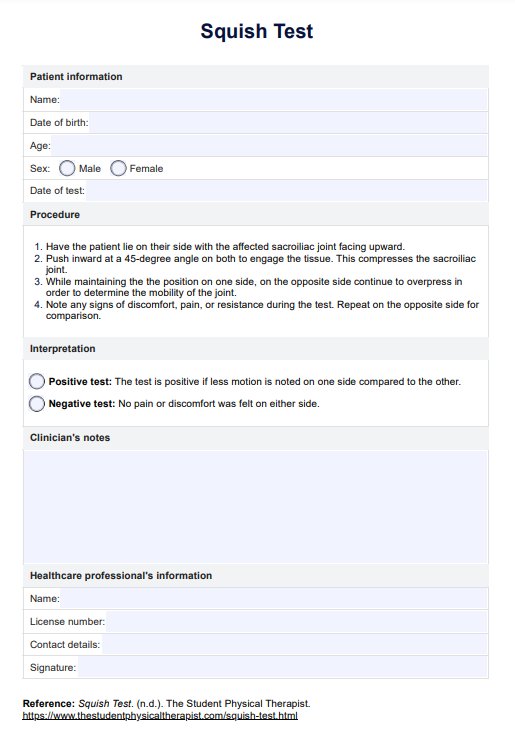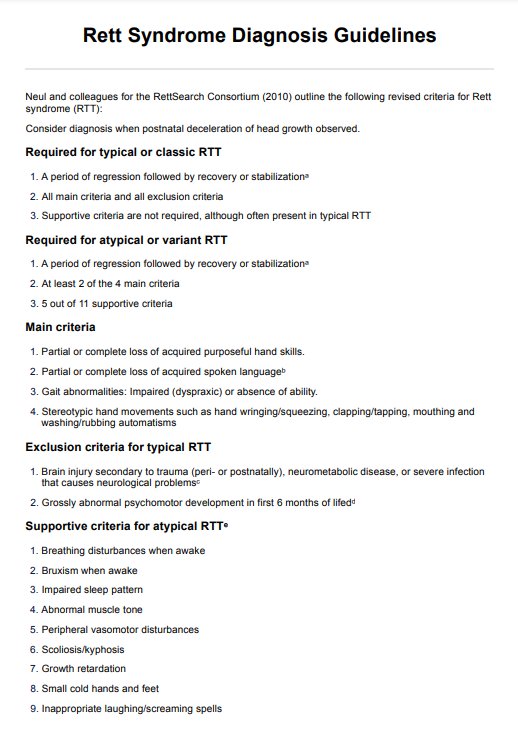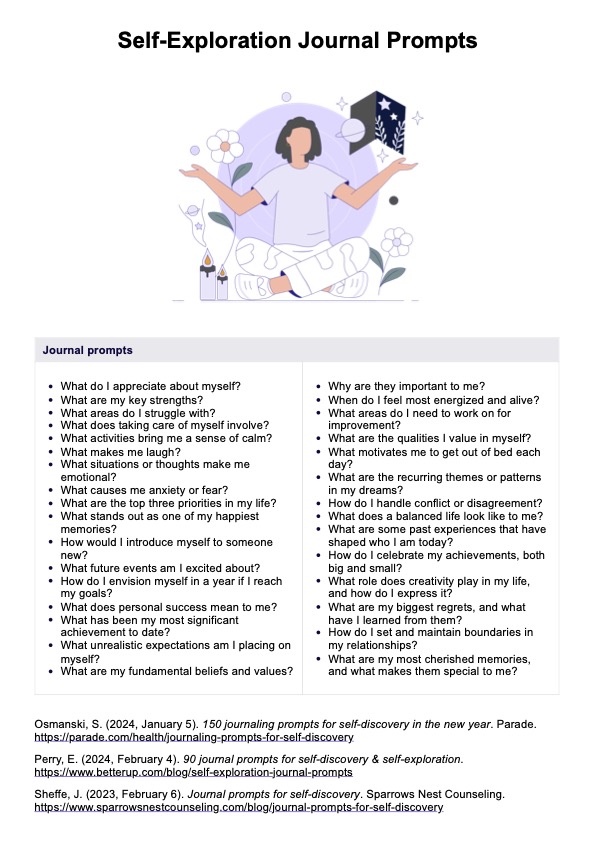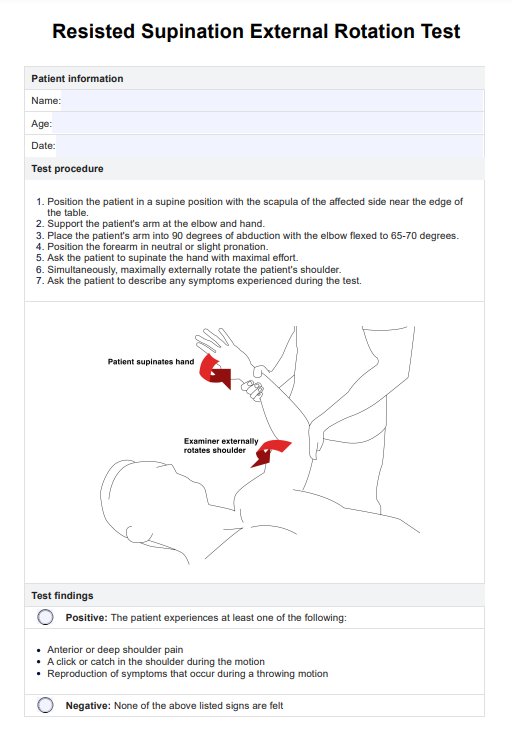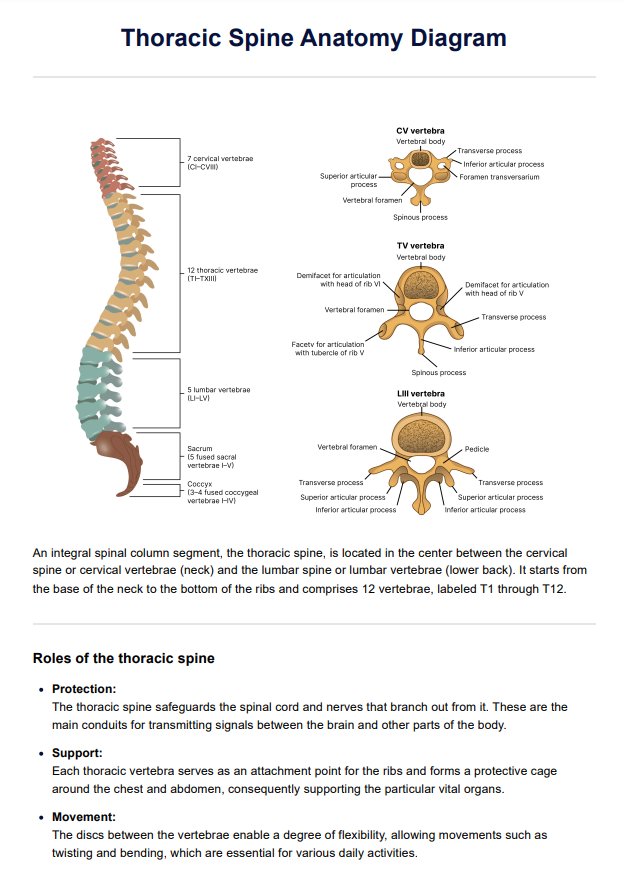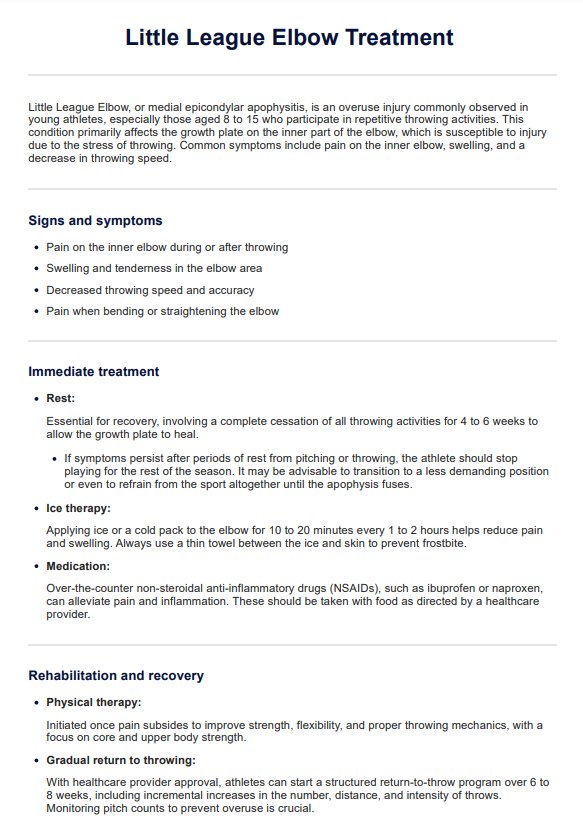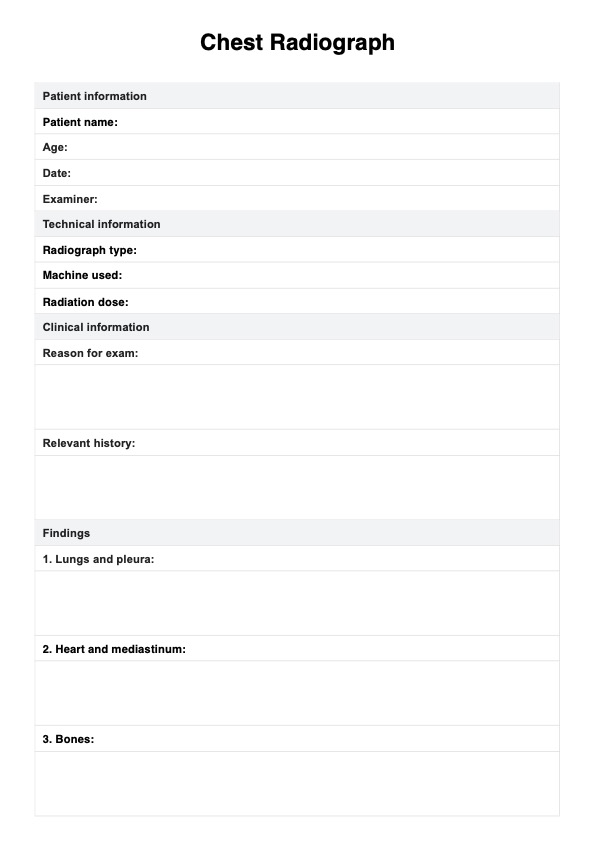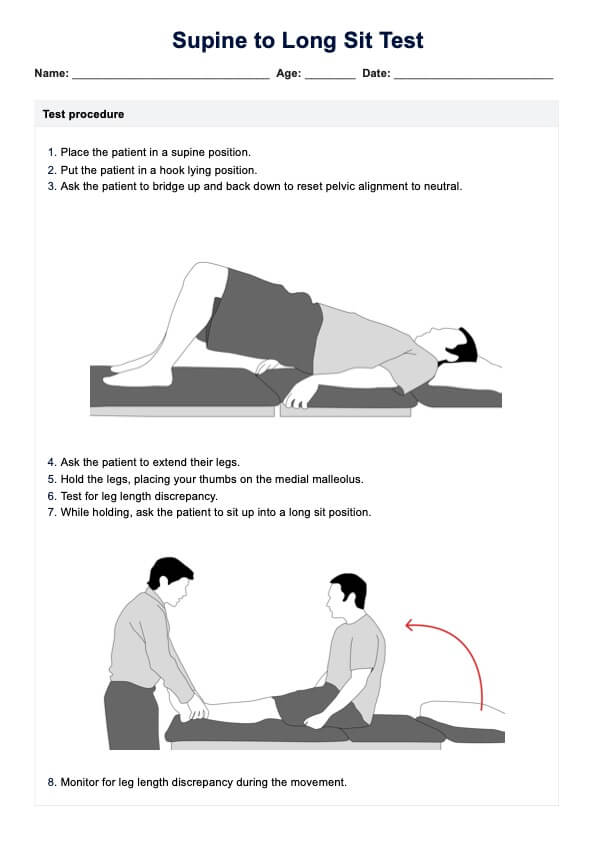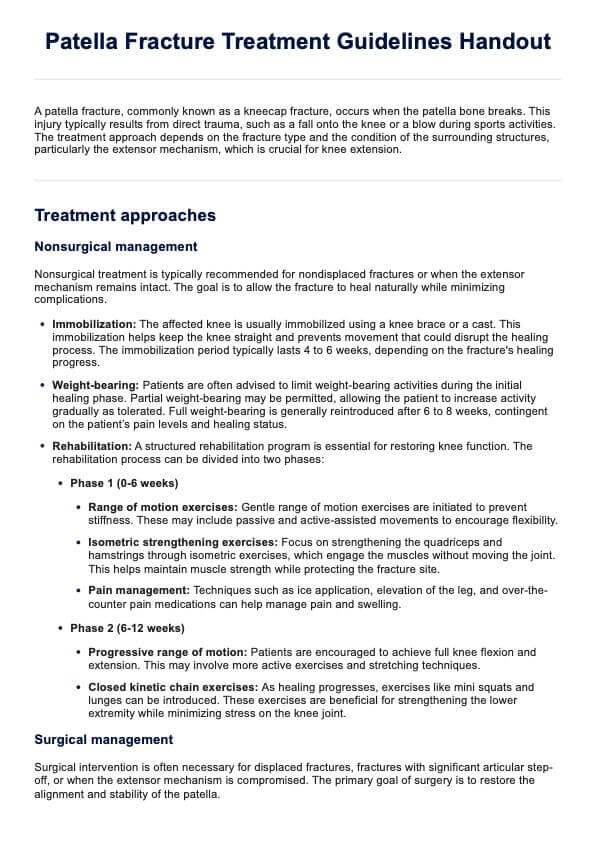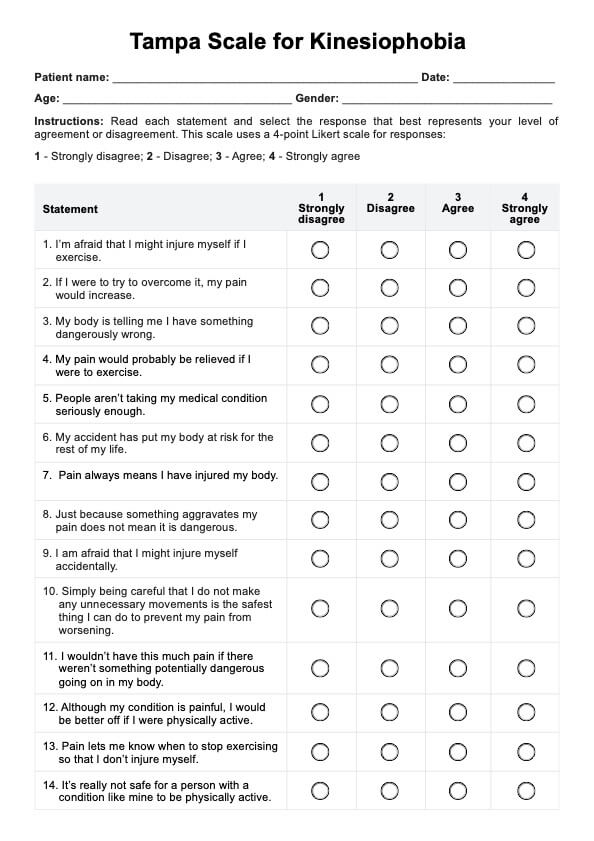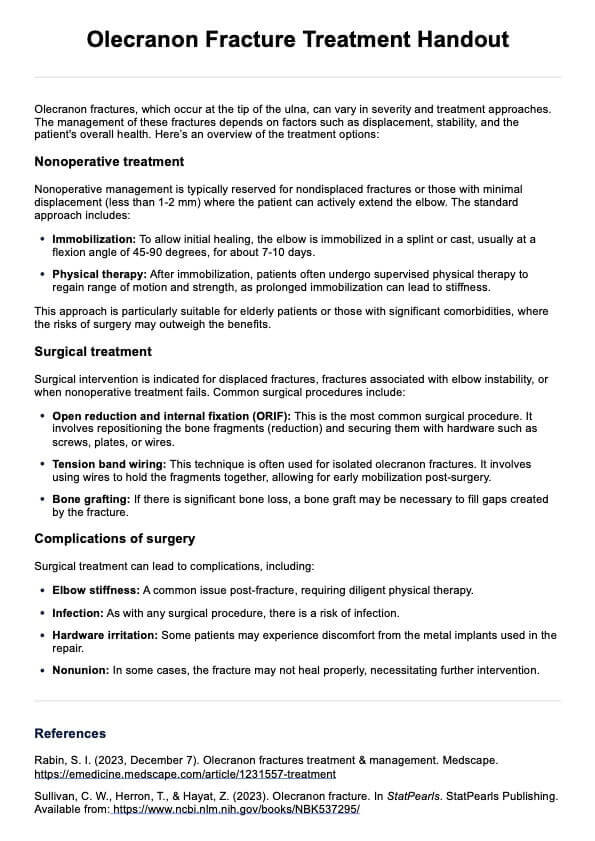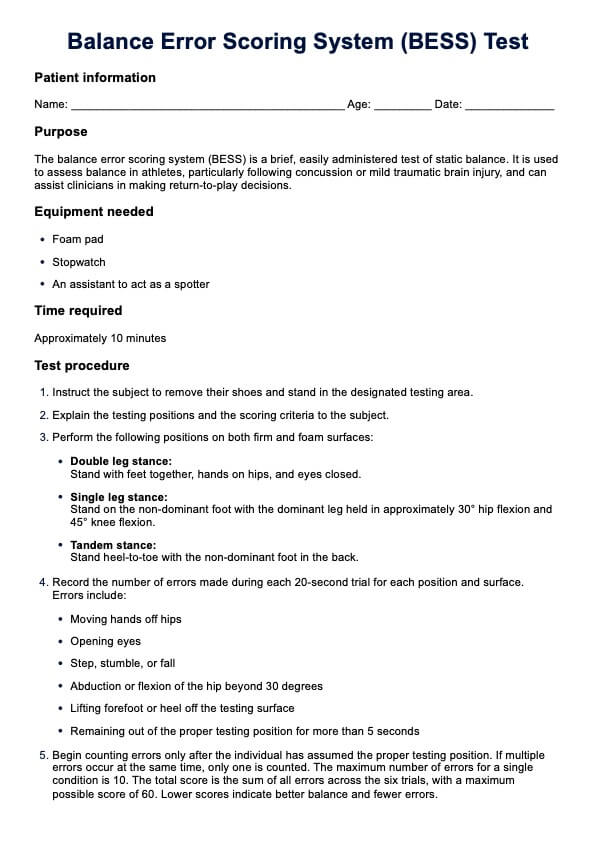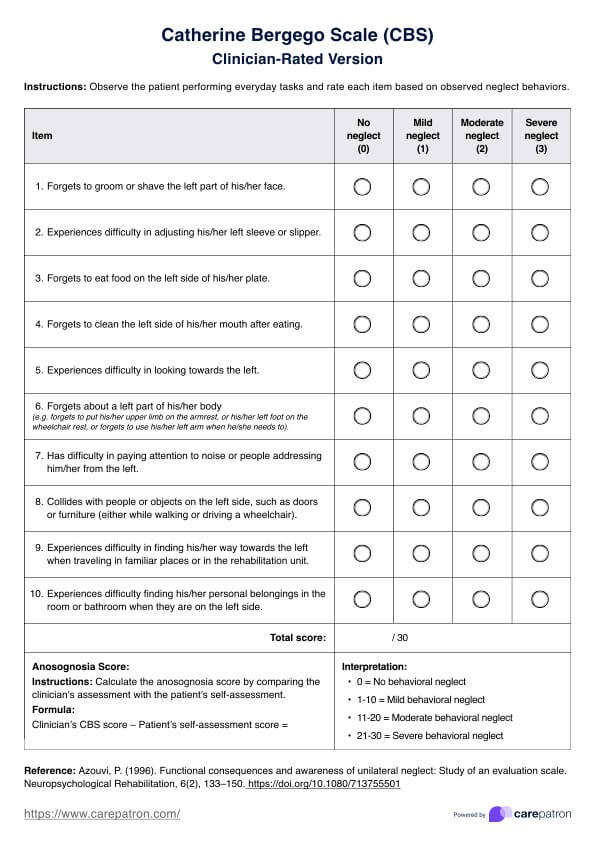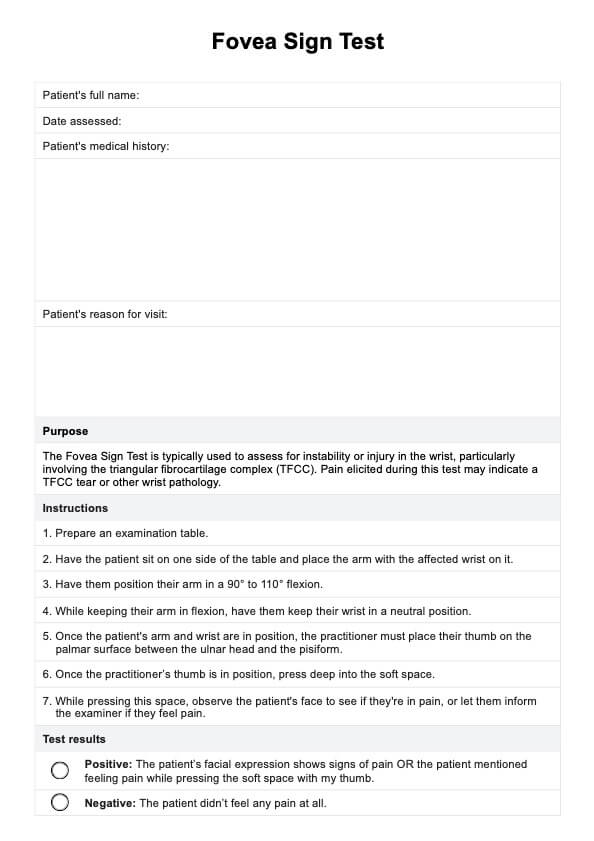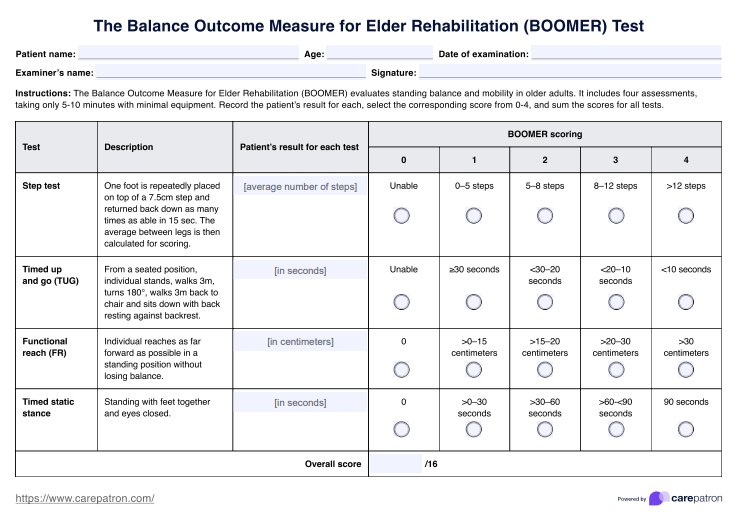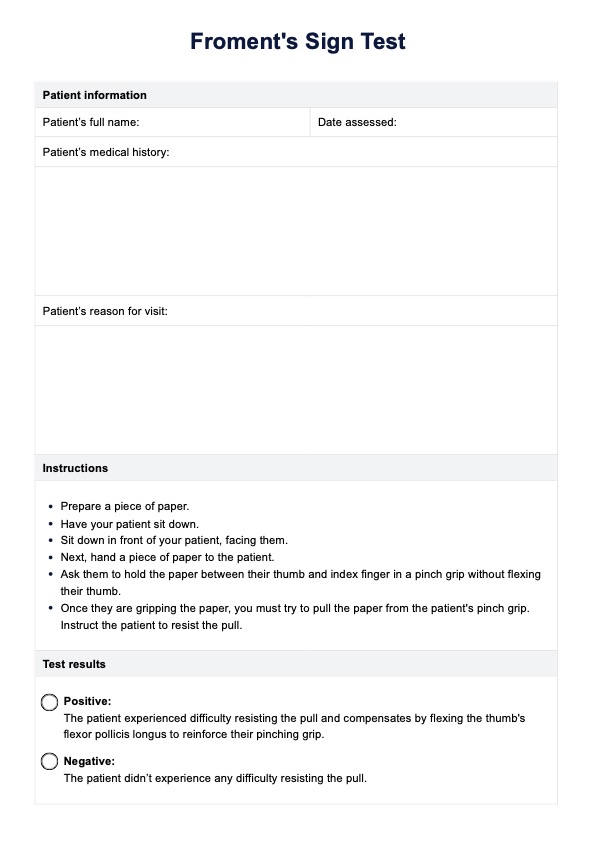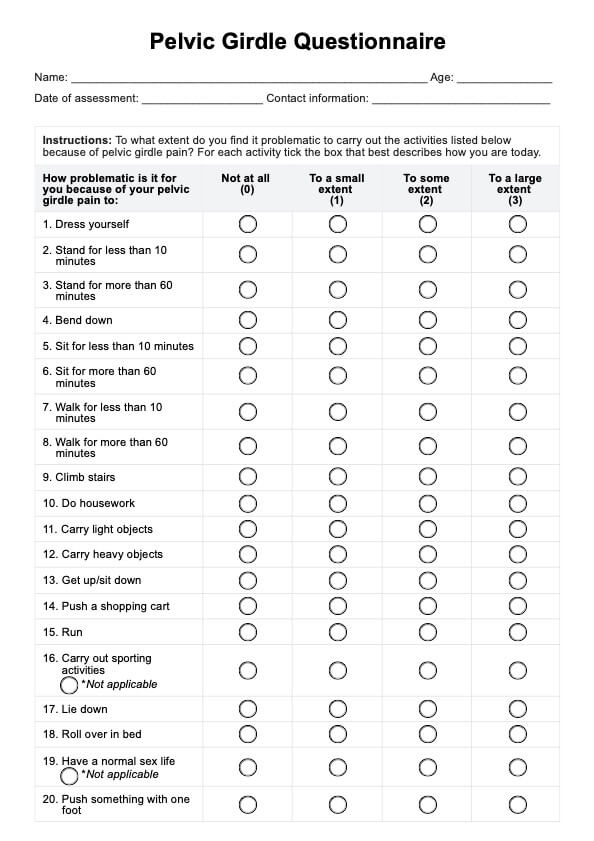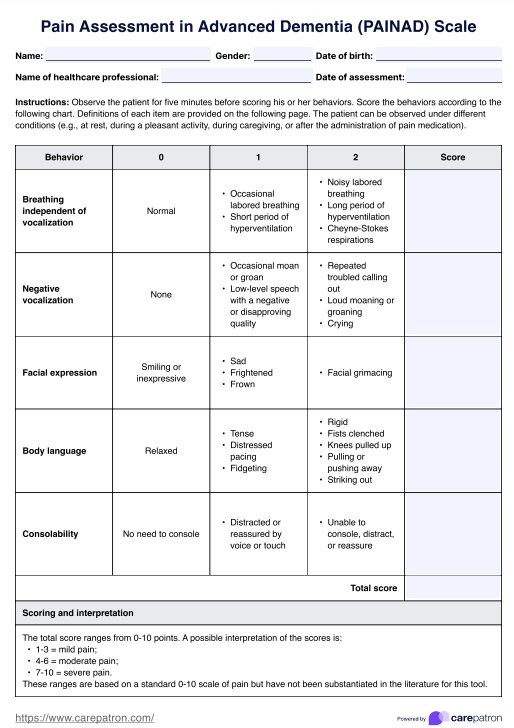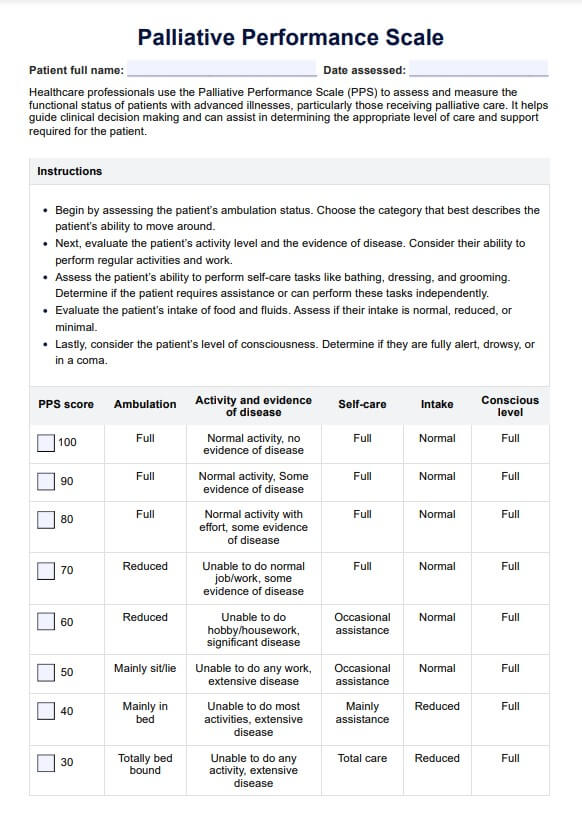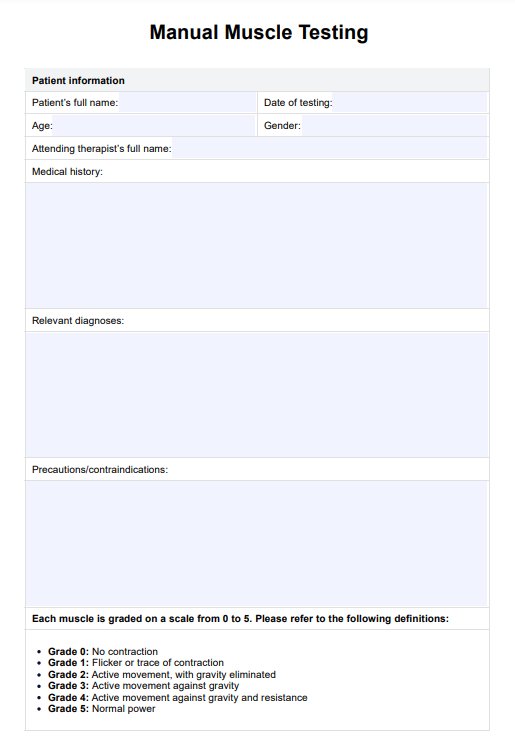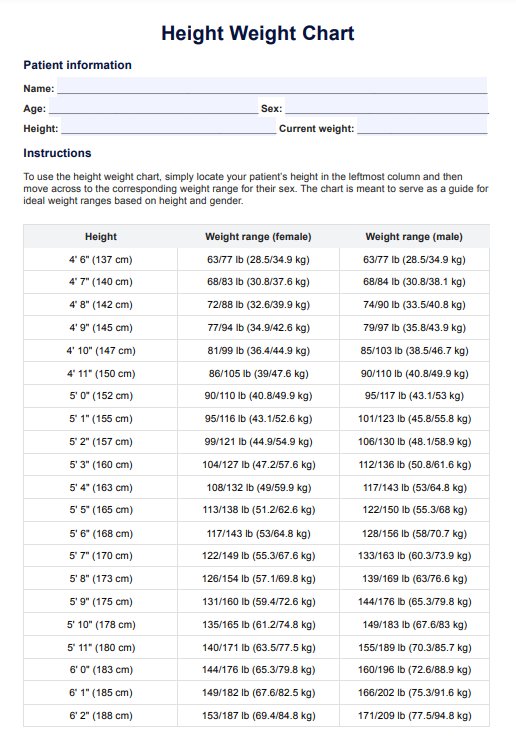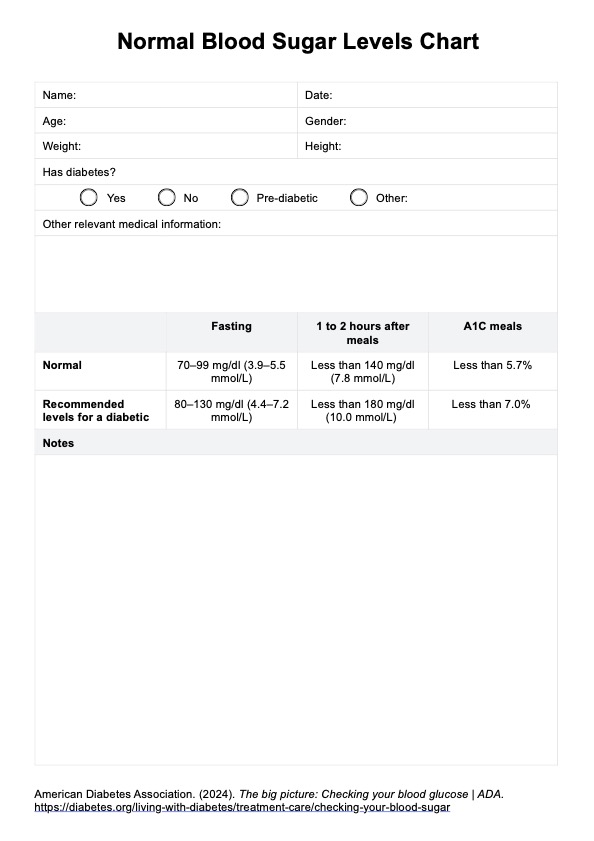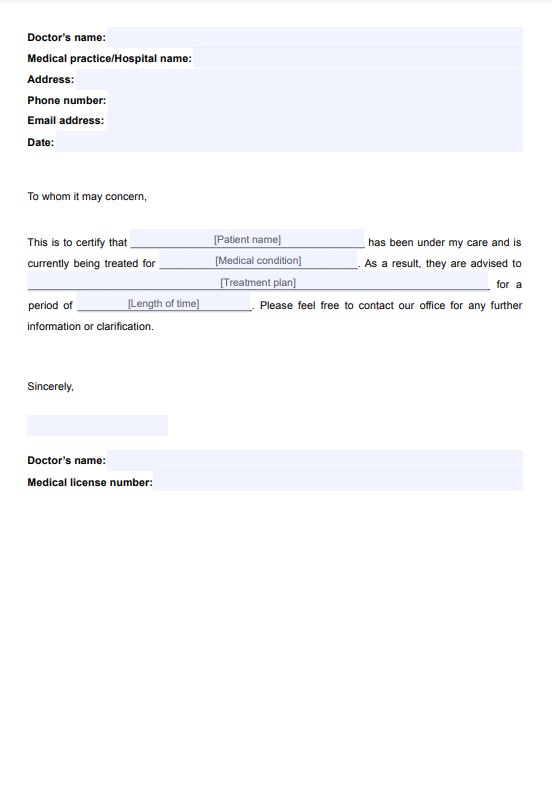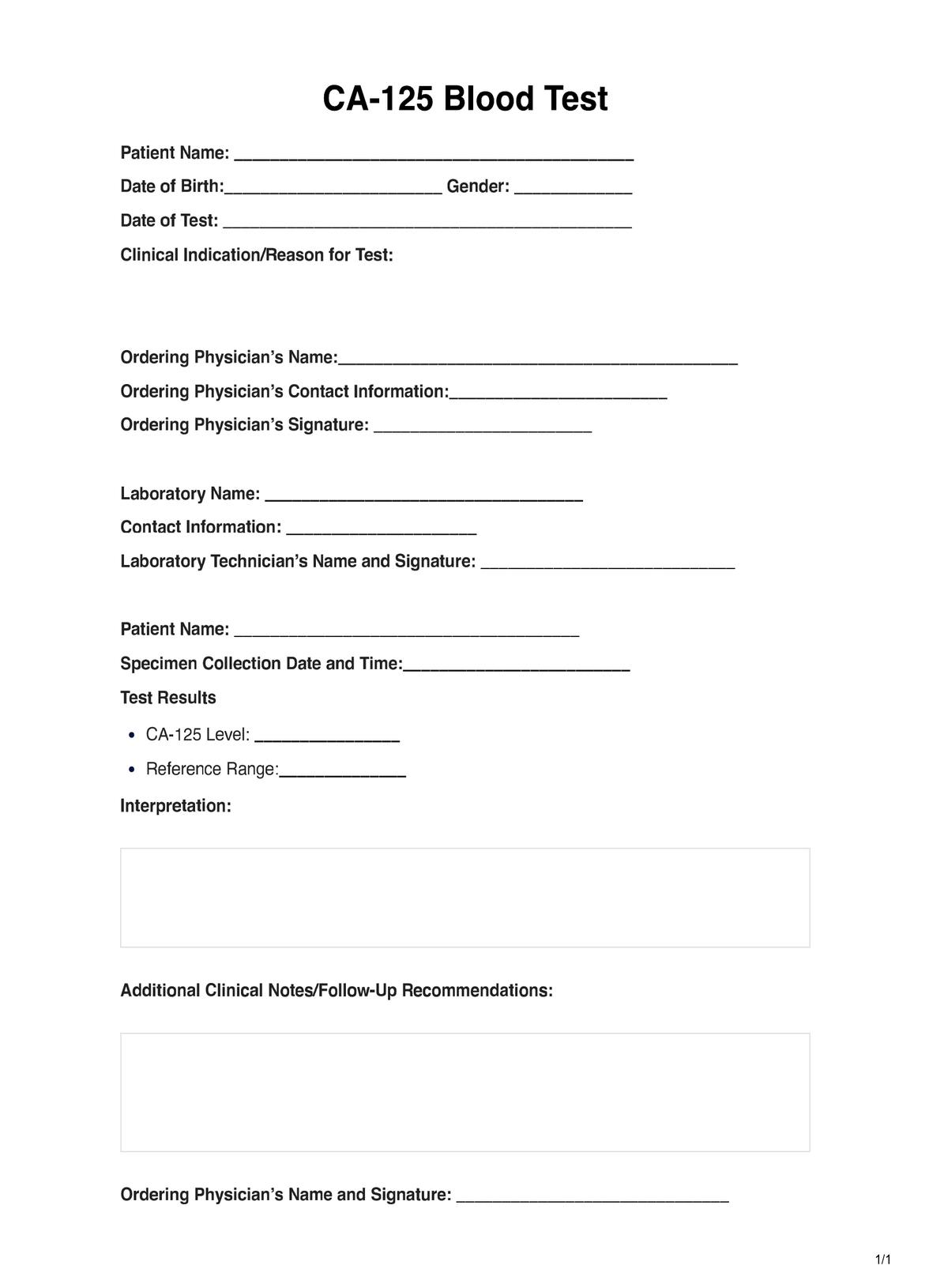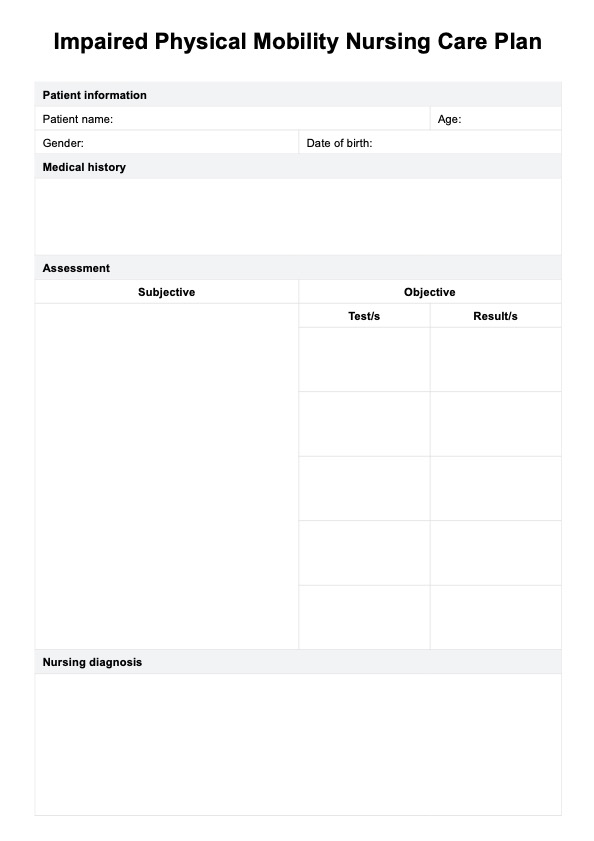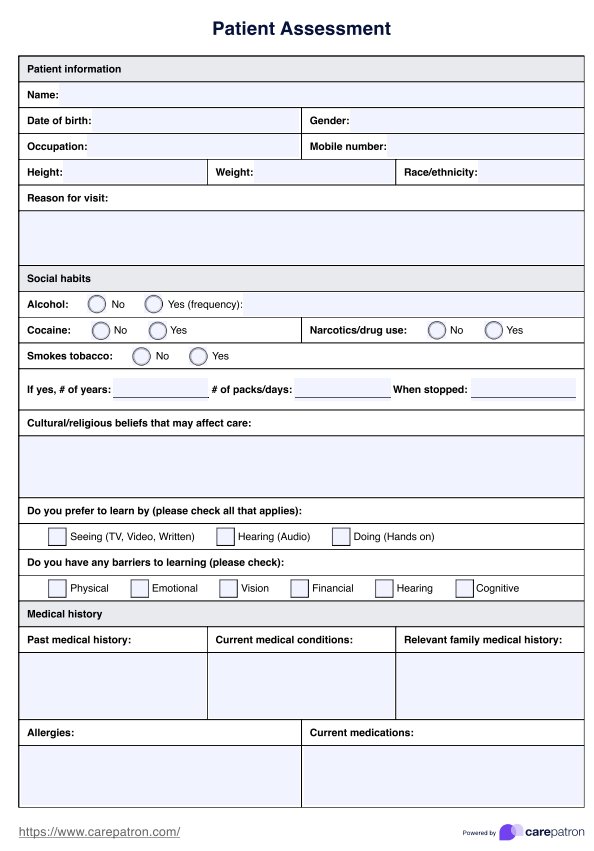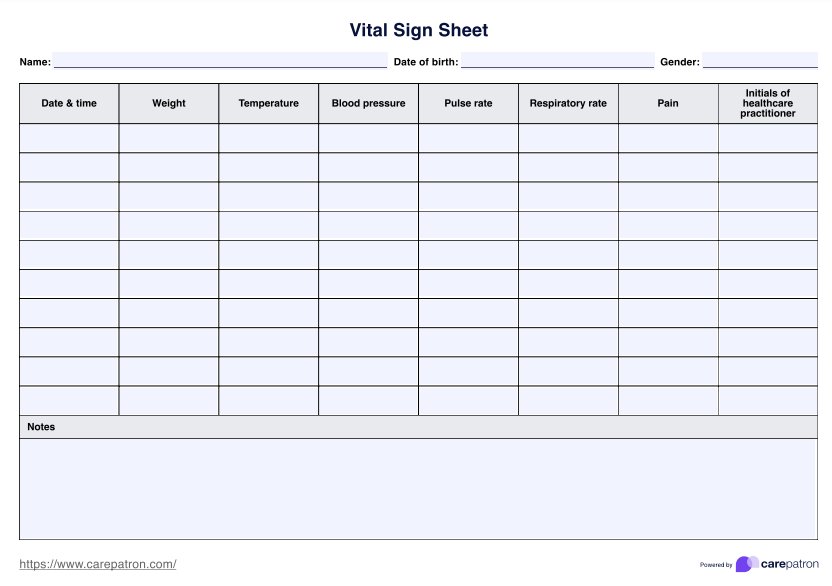Nurse Practitioner Performance Evaluation
Download our Nurse Practitioner Performance Evaluation template to improve clinical performance and professional growth in the healthcare system.


What is a Nurse Practitioner Performance Evaluation?
A Nurse Practitioner Performance Evaluation is a structured procedure for assessing and improving nurse practitioners' effectiveness in providing direct patient care while maintaining high patient satisfaction. This critical examination evaluates their clinical performance, communication skills, and adherence to clinical practice norms.
It is carried out by nurse managers, supervisors, or the head nurse to guarantee alignment with the healthcare system's goals, emphasizing patient outcomes, quality assurance, and safety.
The evaluation process often includes self-evaluation, allowing the nurse practitioner to reflect on their own performance, identify strengths, and pinpoint areas for improvement. By regularly conducting assessments, nursing teams enhance professional development, encourage career advancement, and foster continuous learning.
Nurse Practitioner Performance Evaluation Template
Nurse Practitioner Performance Evaluation Example
How does our Nurse Practitioner Performance Evaluation template work?
Here's a step-by-step guide on how our Nurse Practitioner Performance Evaluation template works:
Step 1: Access the template
Access the editable Nurse Practitioner Performance Evaluation template by clicking "Use template" in Carepatron. If you need a PDF version, select "Download."
Step 2: Conduct a self-evaluation
The nurse practitioner should perform a thorough self-assessment, reflecting on their performance in direct patient care, clinical practice, and communication. This step helps identify areas for improvement and set personal goals for professional growth.
Step 3: Supervisor evaluation
The head nurse, manager, or supervisor will then review the self-assessment, provide their own feedback, and evaluate key aspects like patient satisfaction, nursing competencies, and adherence to healthcare system standards.
Step 4: Collaborative feedback and action plan
The evaluation concludes with a discussion between the nurse practitioner and their supervisor to address concerns, review progress, and develop an actionable plan focusing on continuous learning, professional development, and enhanced patient safety.
Nurse Practitioner Performance Evaluation types
Here are five key examples of Nurse Practitioner Performance Evaluation:
1. Self-assessment and supervisor evaluation tool
This tool combines a nurse practitioner's own assessment of their core competencies, interpersonal skills, and more with input from a supervisor or nurse manager. It helps identify areas for improvement, establishes concrete goals, and promotes professional development organizationally.
2. Self-evaluation
Nurses assess their own performance, reflecting on their strengths, weaknesses, and areas for improvement. This fosters self-awareness and accountability in delivering direct patient care.
3. Supervisor evaluation
Supervisors or managers provide feedback on the nurse practitioner's clinical practice, communication skills, and protocol adherence. This evaluation offers insights from a leadership perspective and guides professional development.
4. Patient evaluation
Patients contribute feedback on their experiences with the nurse practitioner, including satisfaction levels, perceived quality of care, and communication effectiveness. Patient input is invaluable for enhancing patient-centered care.
5. Holistic evaluation template
A comprehensive template integrates elements of self-assessment, supervisor evaluations, patient feedback, and insights.
When are Nurse Practitioner Performance Evaluations conducted?
A Nurse Practitioner Performance Evaluation is conducted at specific intervals or in response to particular situations to ensure clinical performance aligns with healthcare system standards and enhances patient outcomes.
Annual performance appraisals
Evaluations are conducted regularly, typically once a year, as part of the hospital or organization's standard quality assurance and career advancement framework. This allows nurse practitioners to reflect on their own performance, set goals, and focus on professional growth.
Post-probationary period reviews
Newly hired nurse practitioners undergo performance assessments after their probationary period to ensure they meet the required competencies in nursing, direct patient care, and adherence to clinical practice guidelines under the supervision of their head nurse or manager.
Following concerns or feedback
When patient care, safety, or compliance concerns arise, a focused evaluation is conducted to address these issues, gather feedback, and implement an action plan to improve skills and procedures.
Role transition or career development
Evaluations are also conducted when a nurse practitioner transitions to a new department, such as the intensive care unit, or seeking career advancement opportunities. This ensures readiness for new responsibilities and identifies further education and professional development opportunities.
These evaluations are critical for assessing and enhancing patient satisfaction, supporting nurses, and maintaining the highest quality standards in the healthcare system.
Benefits of using the Nurse Practitioner Performance Evaluation template
The Nurse Practitioner Performance Evaluation template provides a structured approach to assessing and improving nurse practitioners' clinical performance and professional growth within the healthcare system.
- Enhances patient care and safety: By evaluating direct patient care, clinical practice, and adherence to procedures, the template helps nurse managers and supervisors ensure high patient safety standards and improved patient outcomes across all departments, including the intensive care unit.
- Supports professional development: Through self-evaluations and feedback, nurses can identify their own performance strengths and weaknesses, set goals, and create an actionable plan for career advancement and continuous learning.
- Promotes quality assurance and improvement: The performance appraisal process aids in reviewing nursing practices, ensuring compliance with quality assurance standards, and addressing concerns in a timely and structured manner to drive improvement.
- Facilitates communication and collaboration: Regular assessments and interviews between nurse practitioners, nurse managers, and head nurses foster open communication, enabling teams to discuss and resolve issues effectively while aligning on shared responsibilities and goals.
- Creates a clear path for professional growth: The template focuses on self-assessment and evaluations, helping nurse practitioners seek development opportunities, enhance their skills, and progress within their hospital or medical environment through structured education and mentorship.
This template regularly ensures a consistent evaluation process, supporting nurses in achieving excellence in practice, patient satisfaction, and organizational success.
Commonly asked questions
Performance evaluations are typically conducted annually or biannually, although the frequency may vary based on organizational policies and individual needs.
Evaluation may involve the nurse practitioner, supervisor or manager, patients, family members, and other relevant stakeholders within the healthcare system.
Yes, performance evaluations serve as valuable tools for identifying areas for improvement and setting goals for professional growth and skill enhancement.



